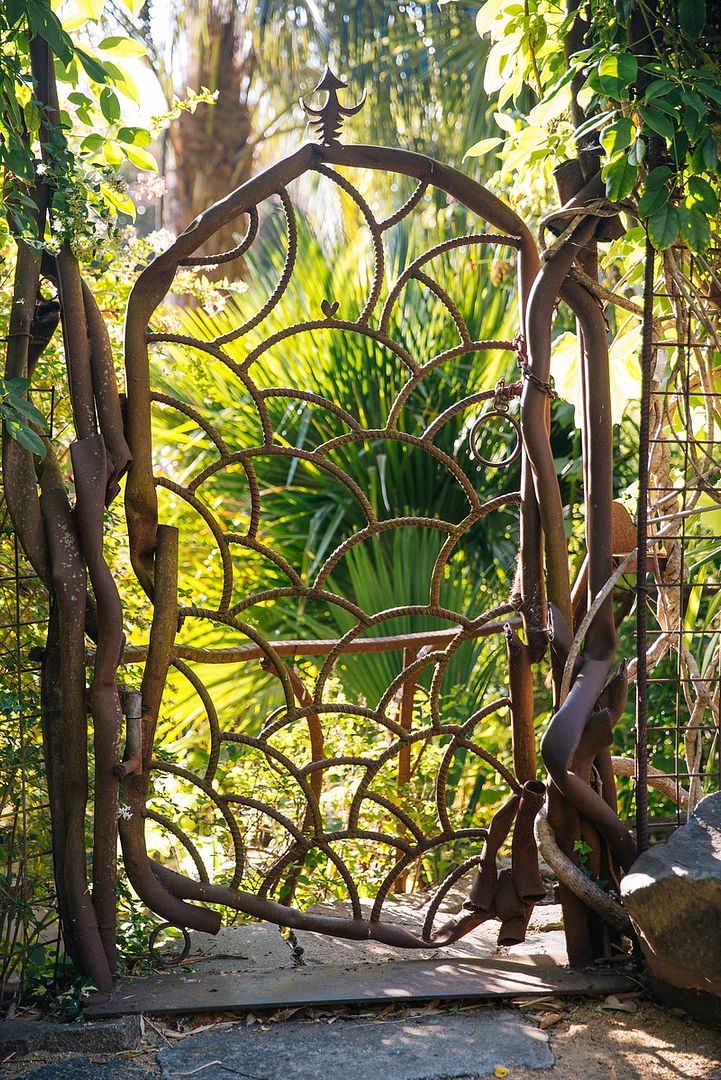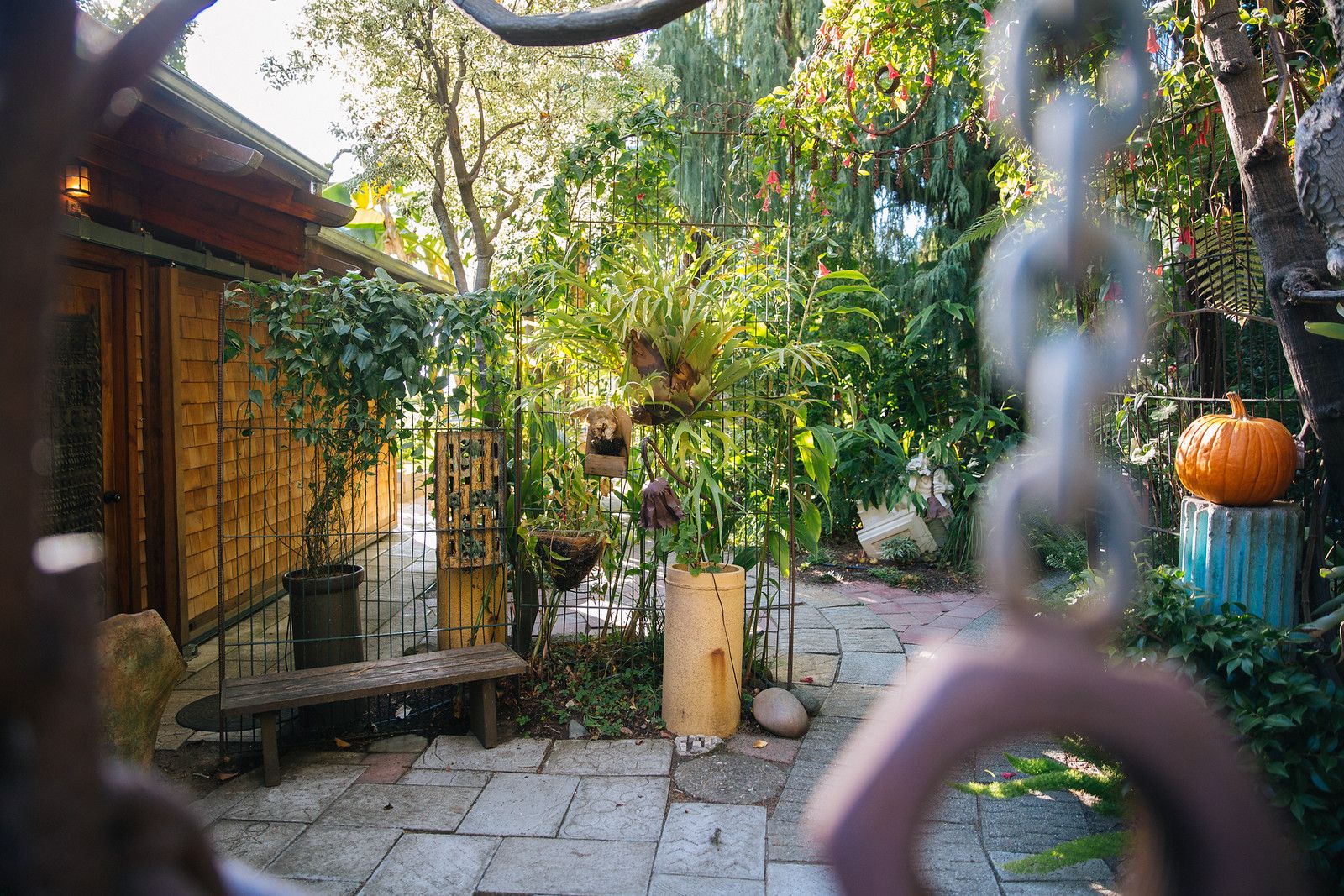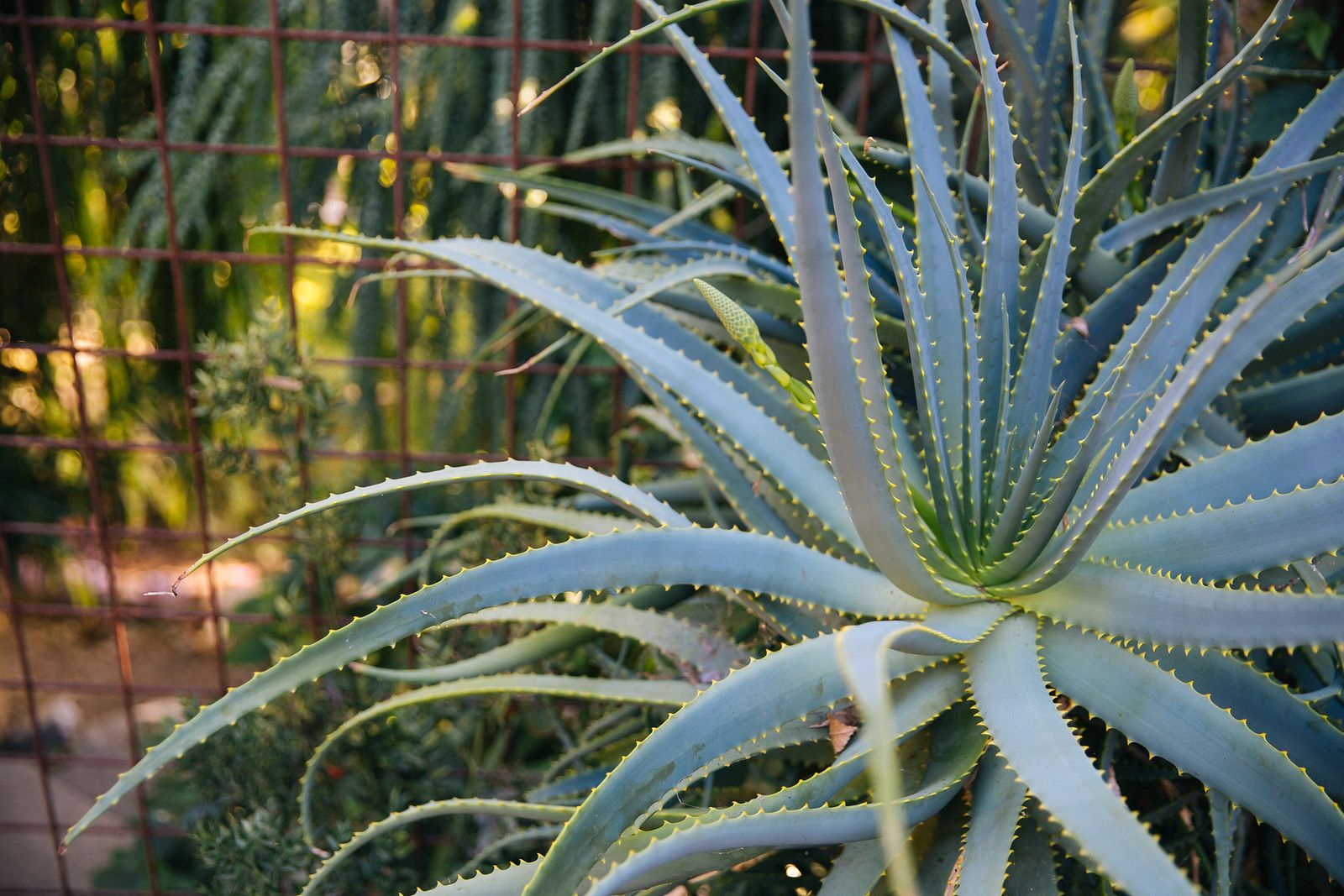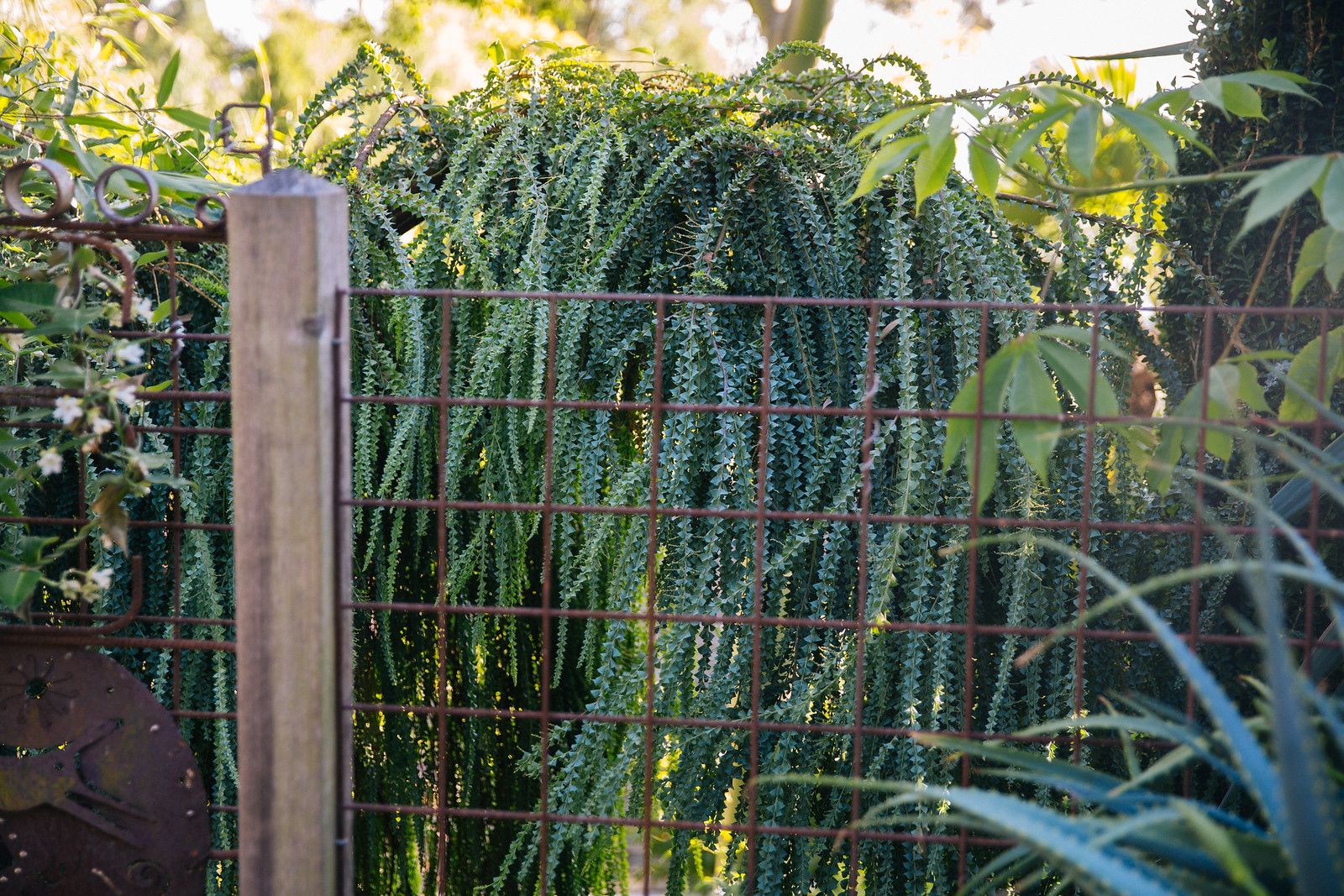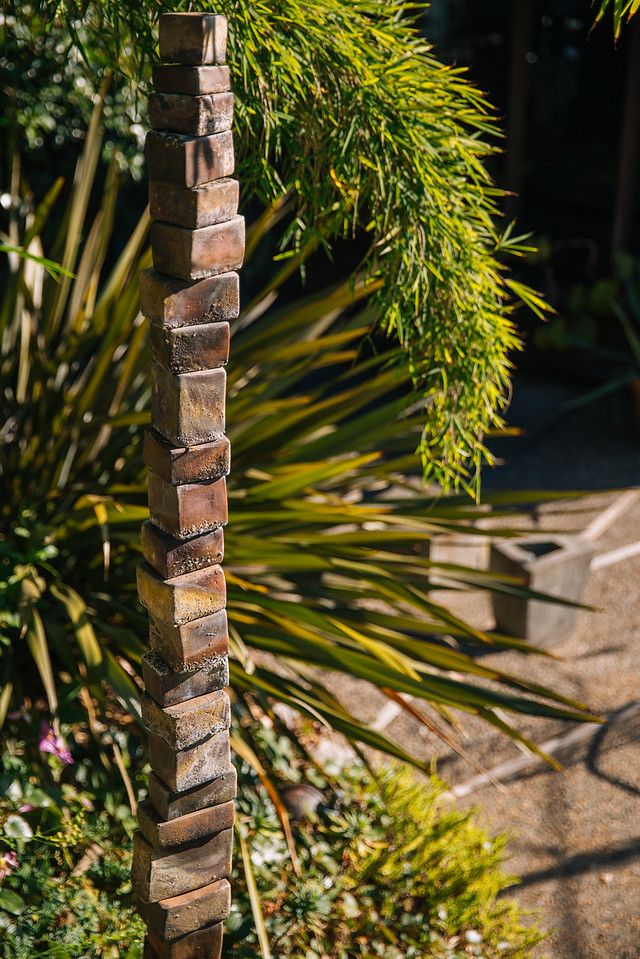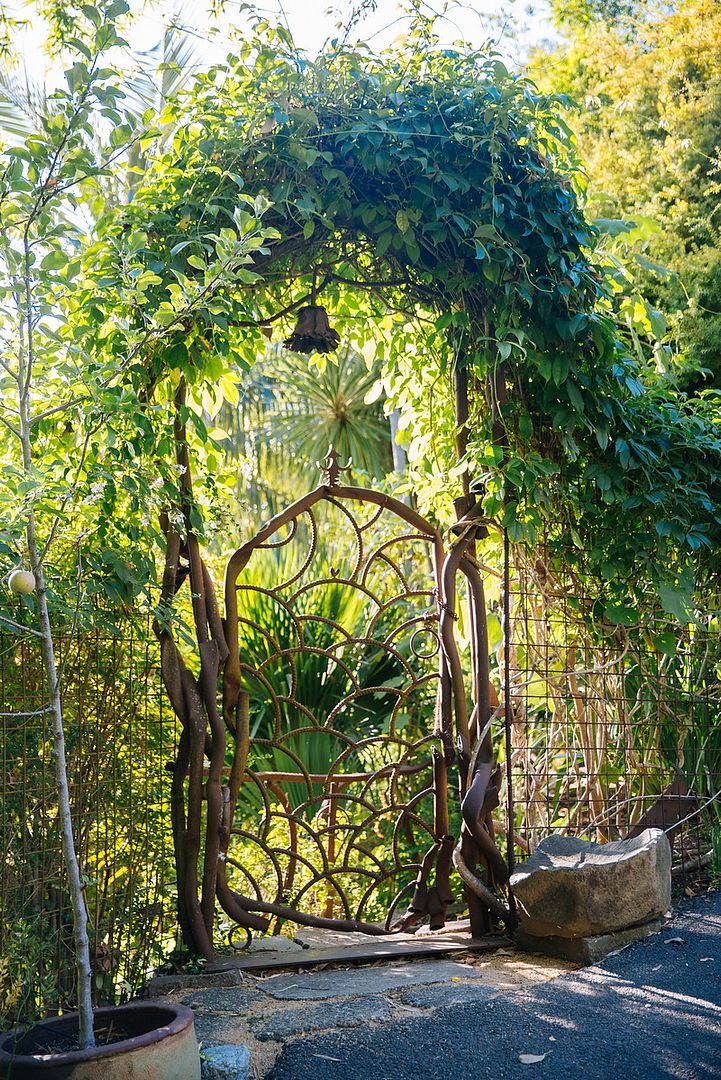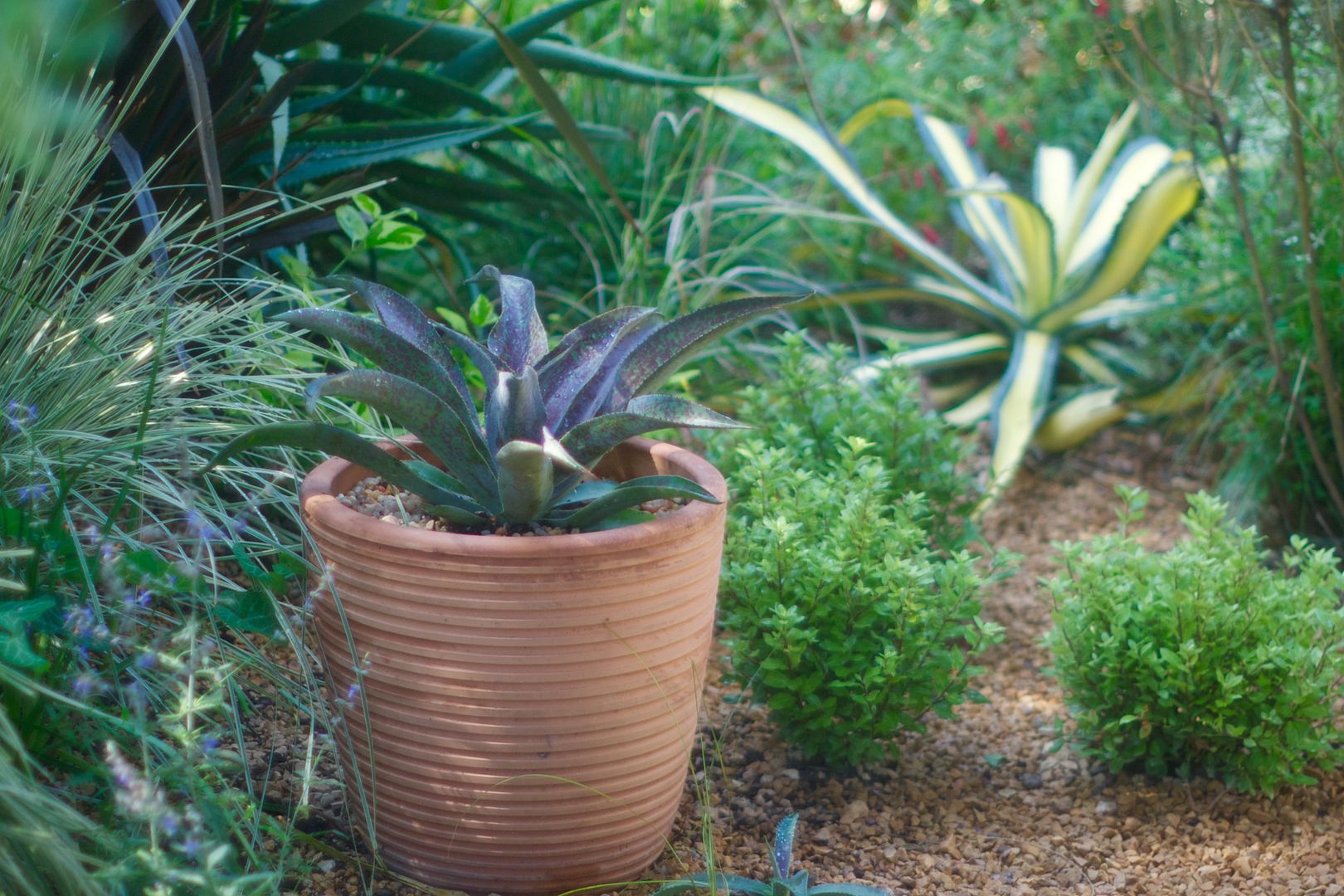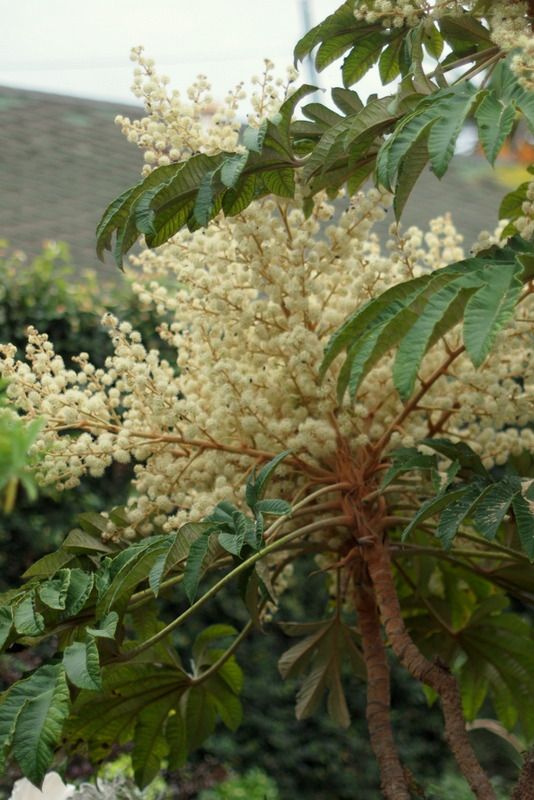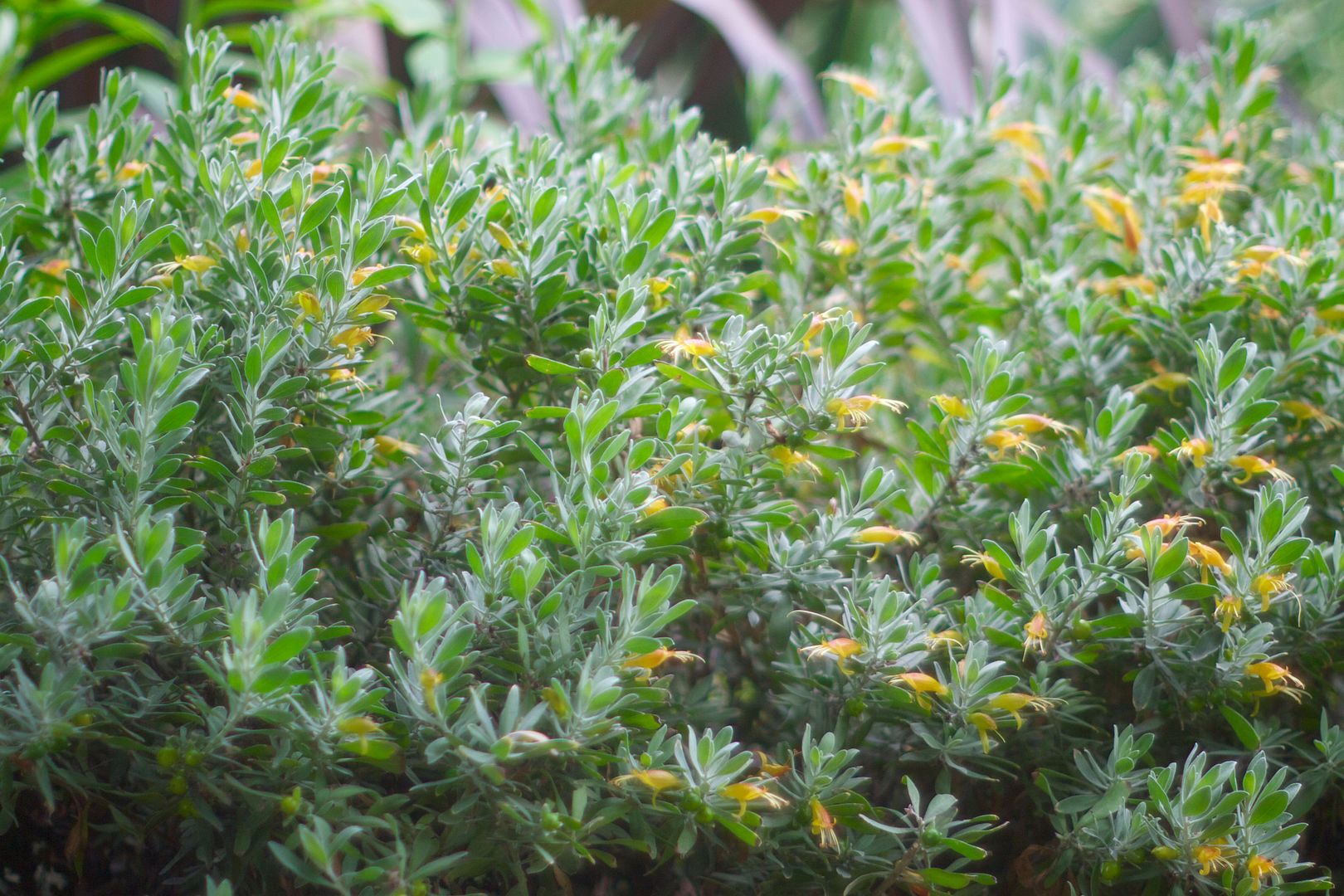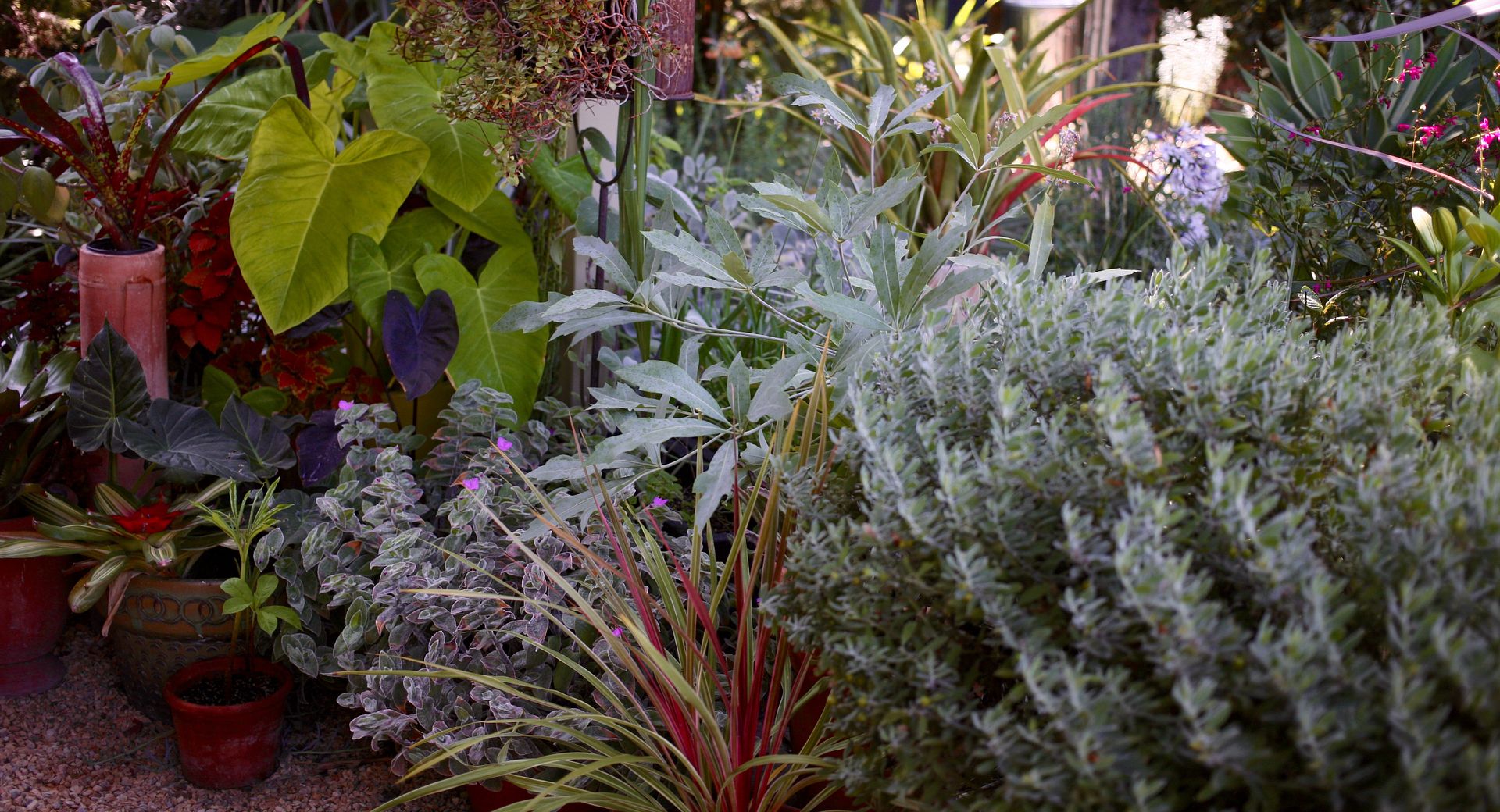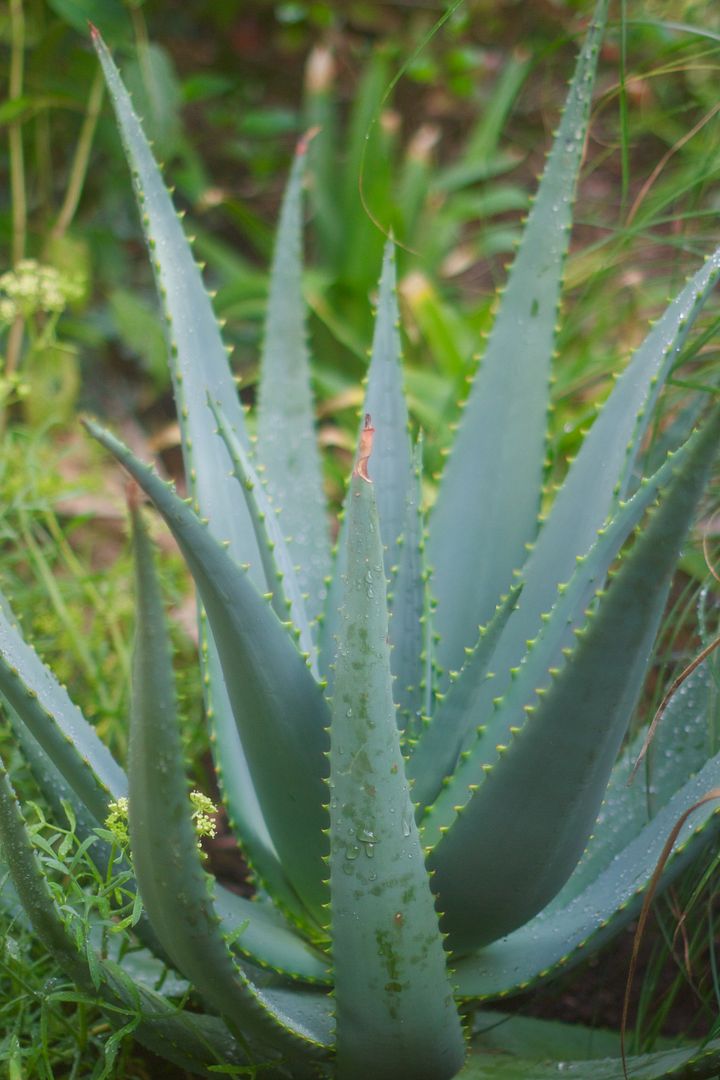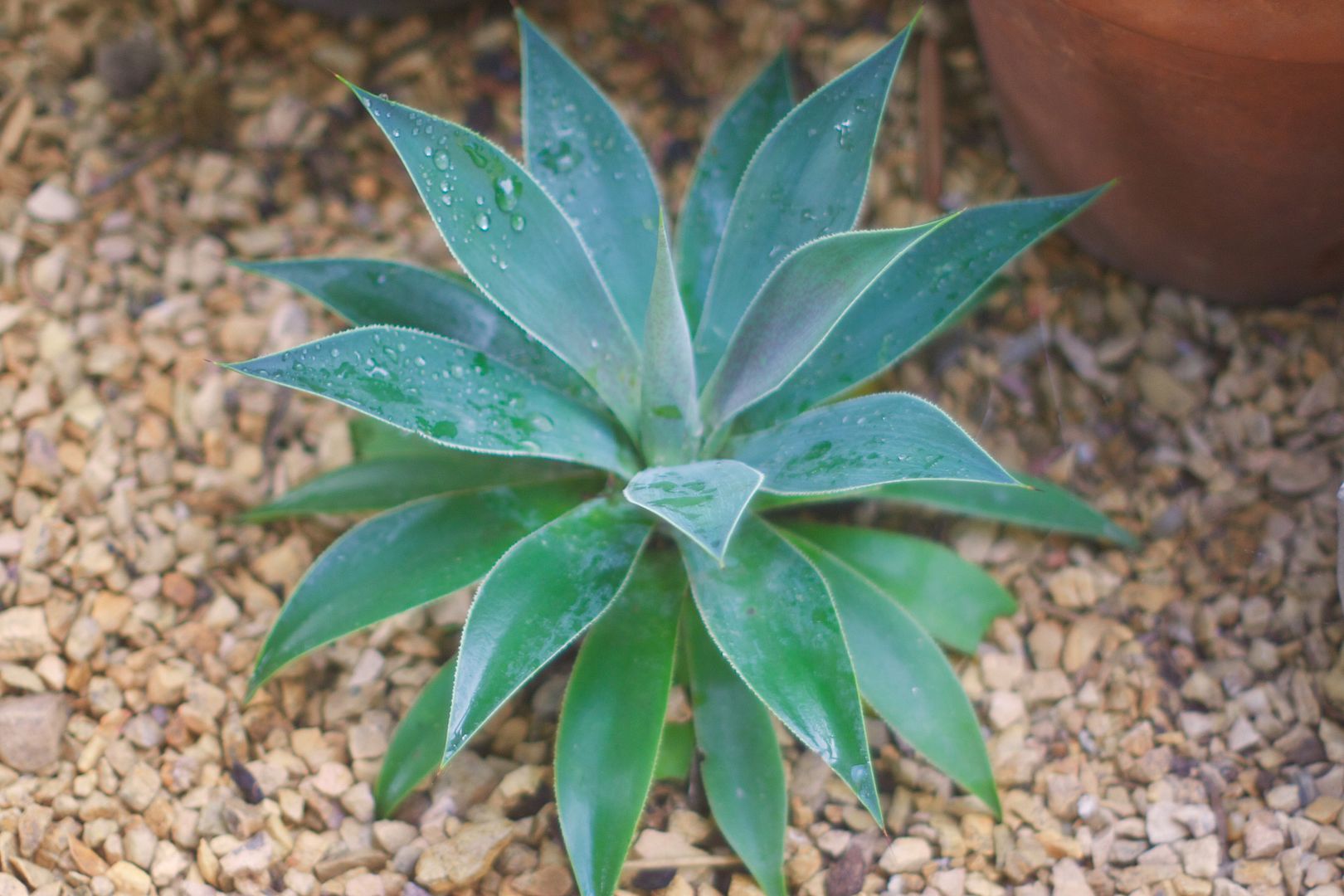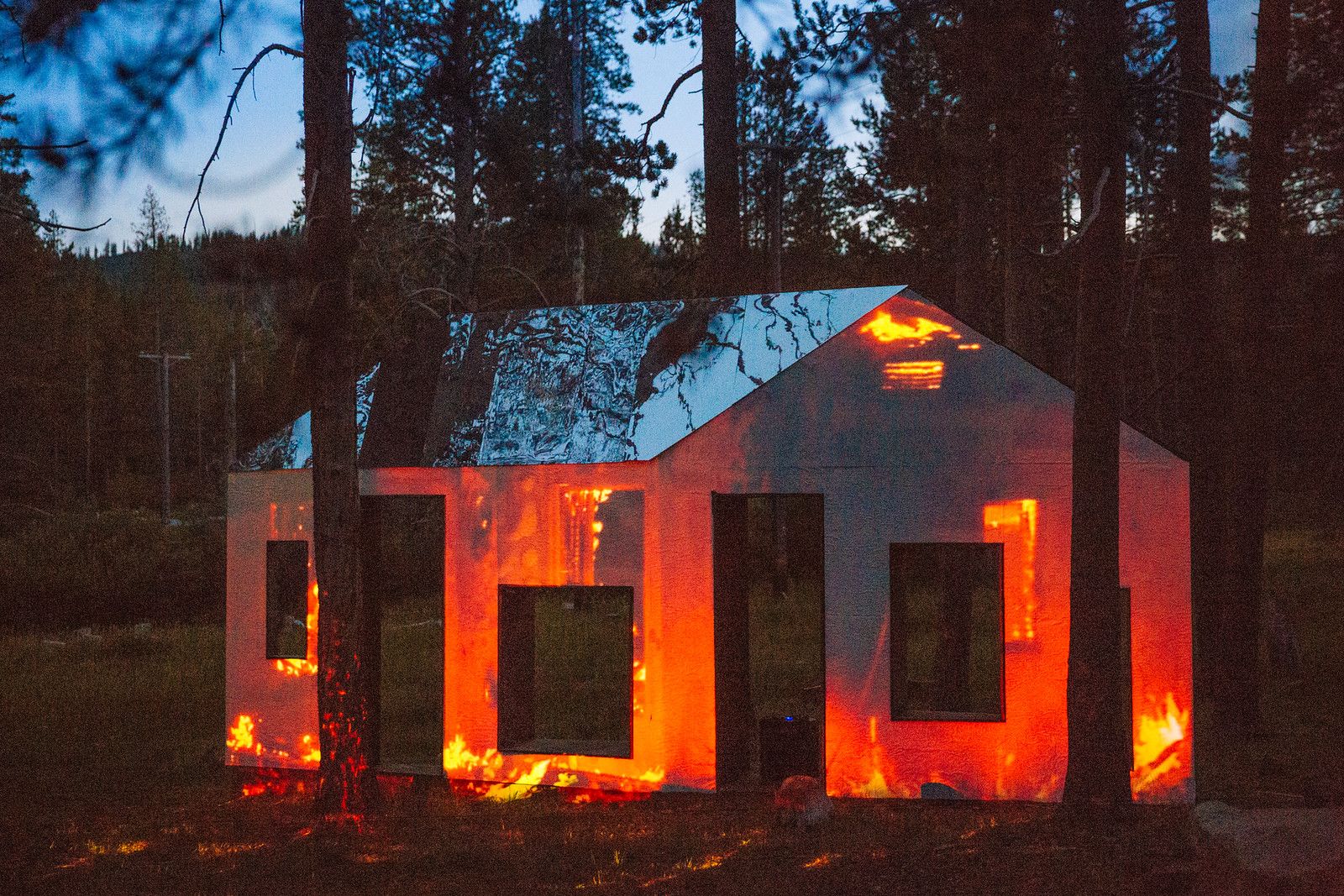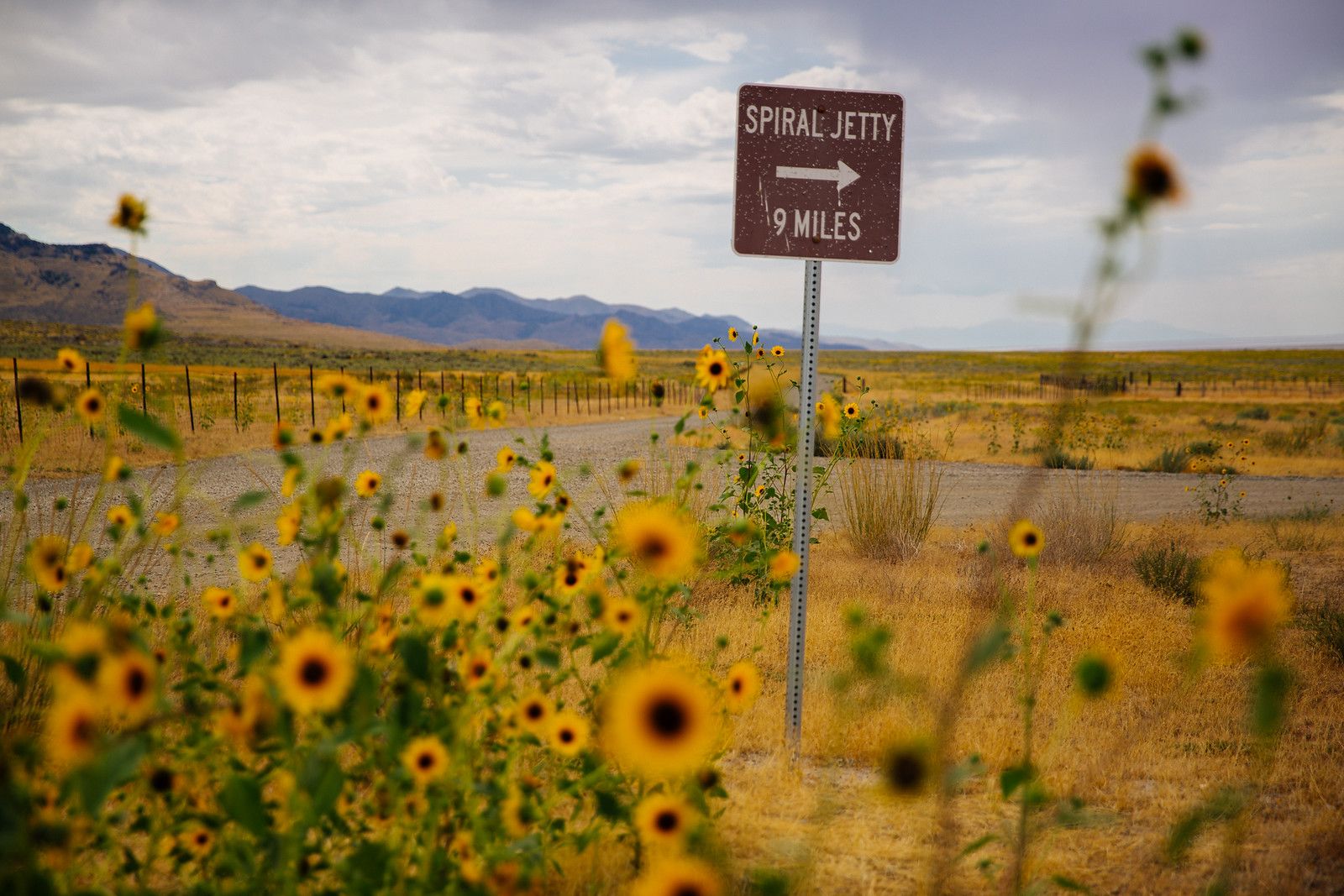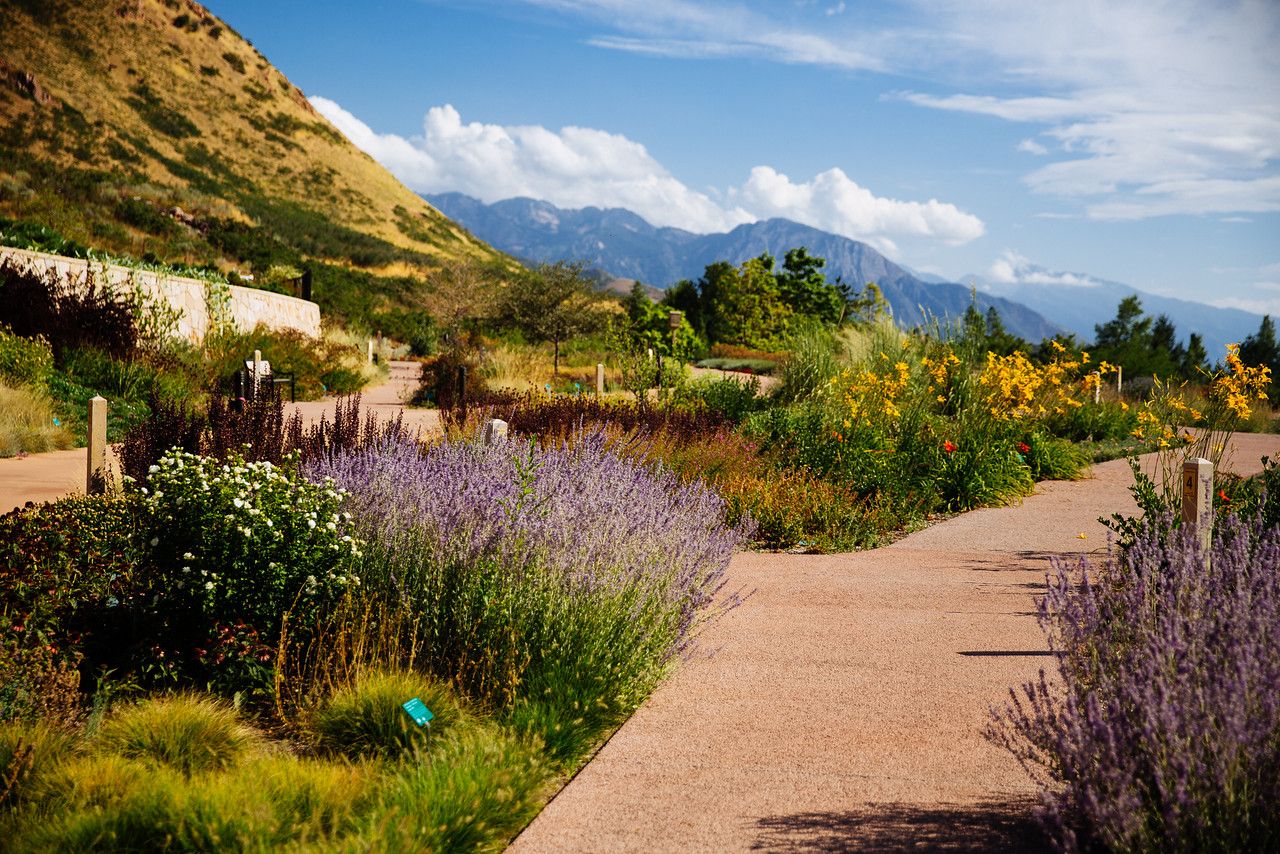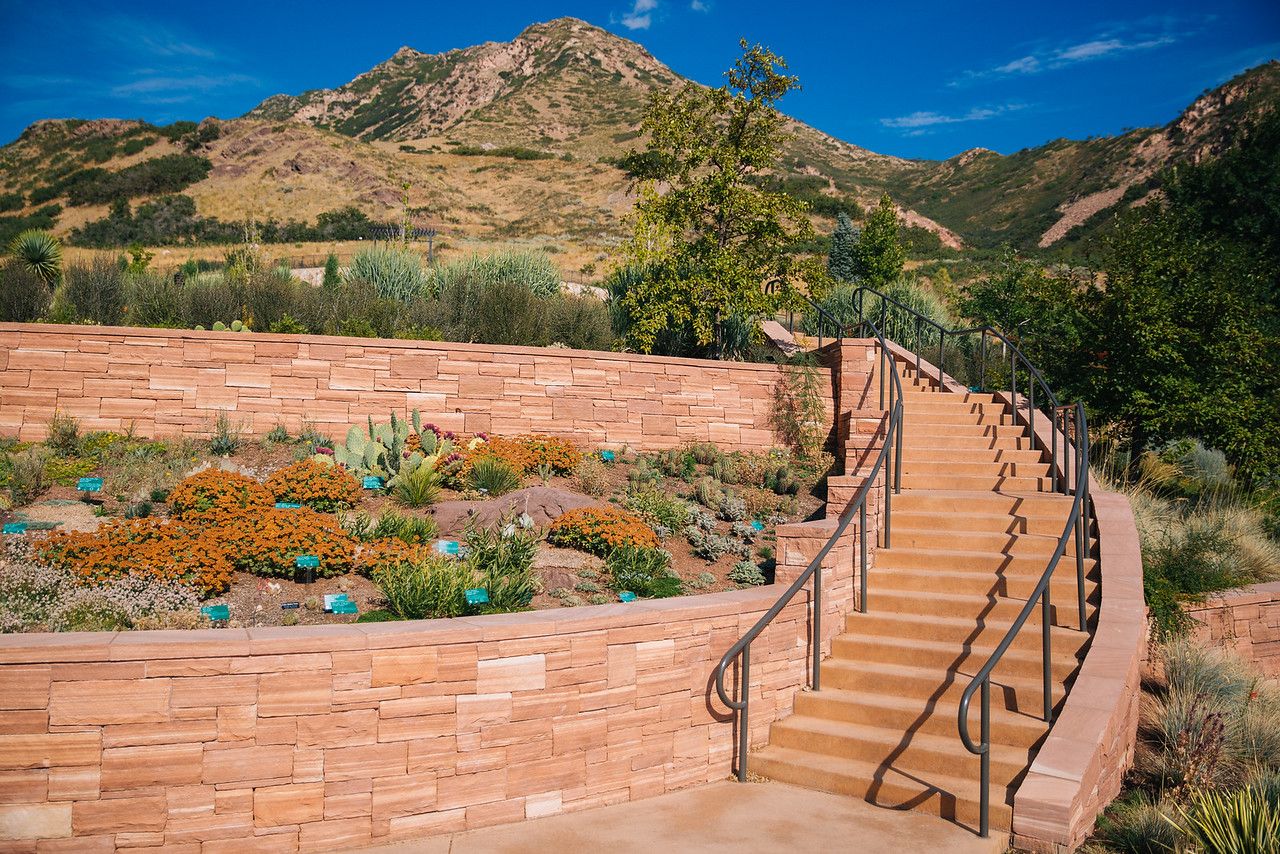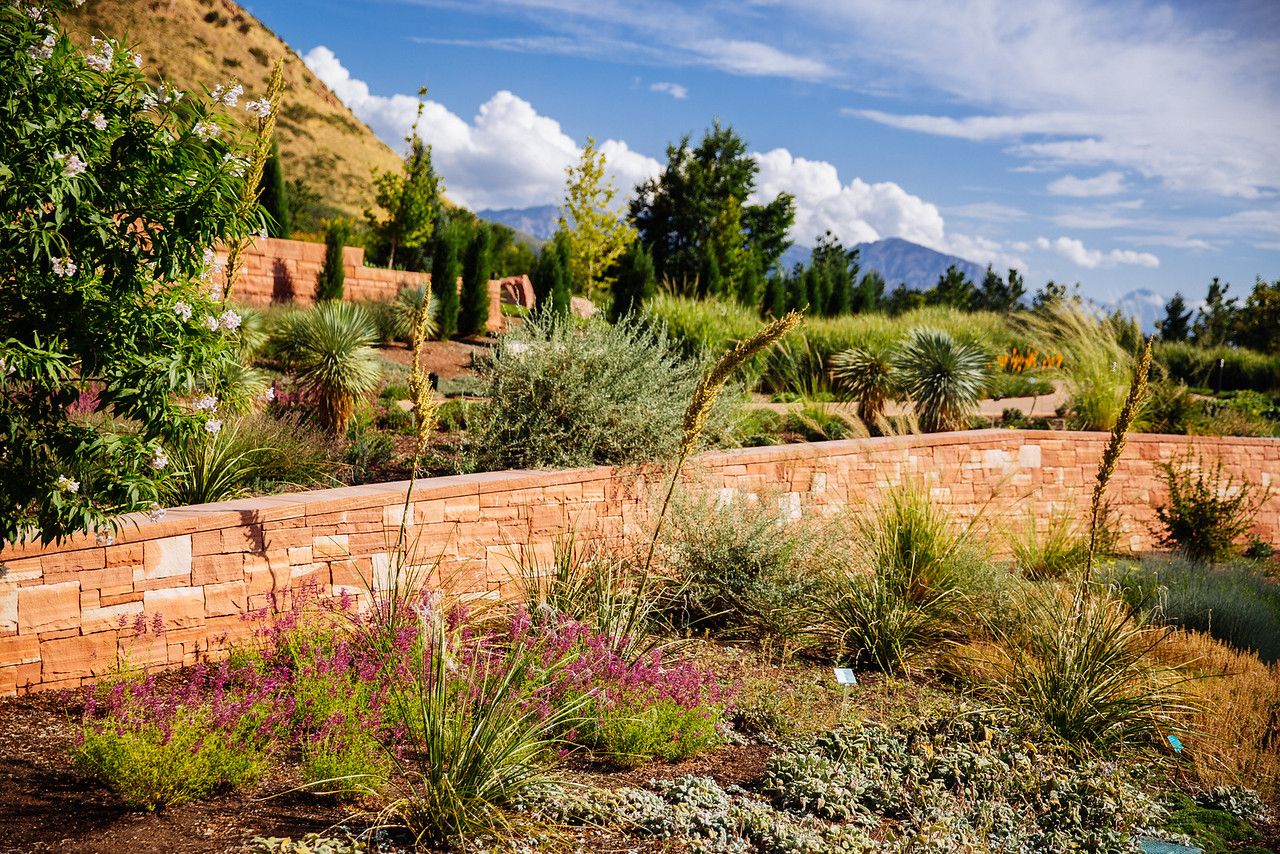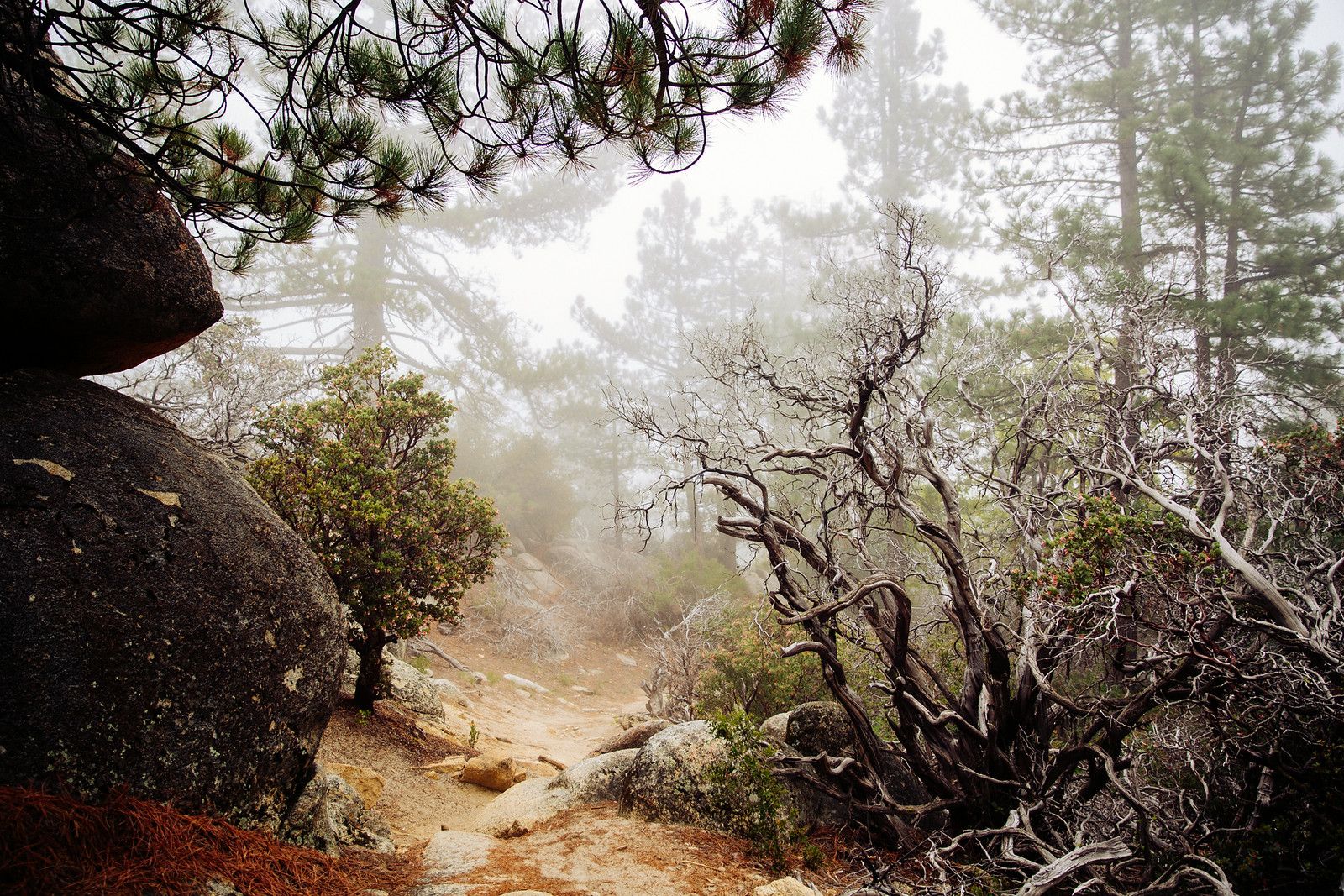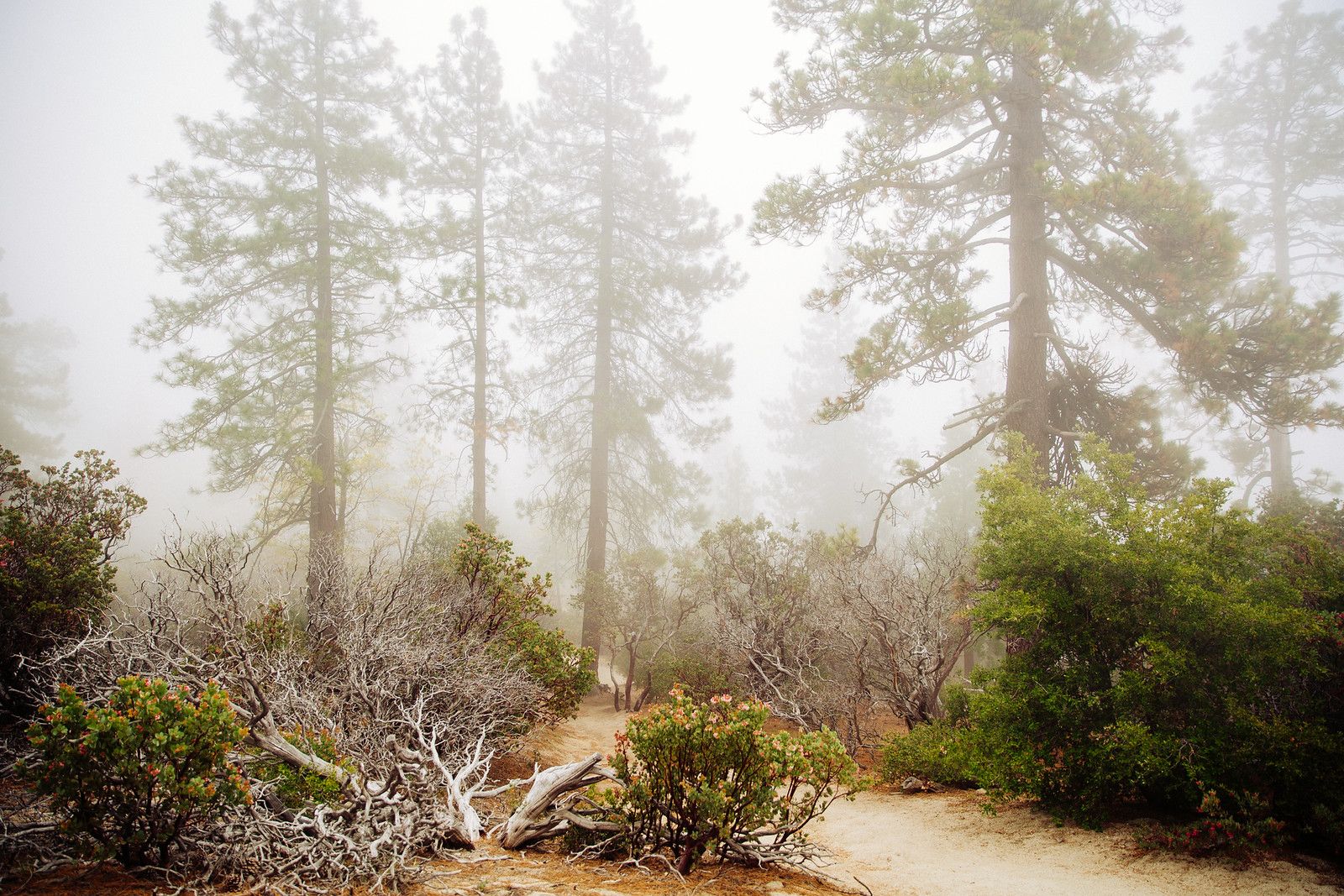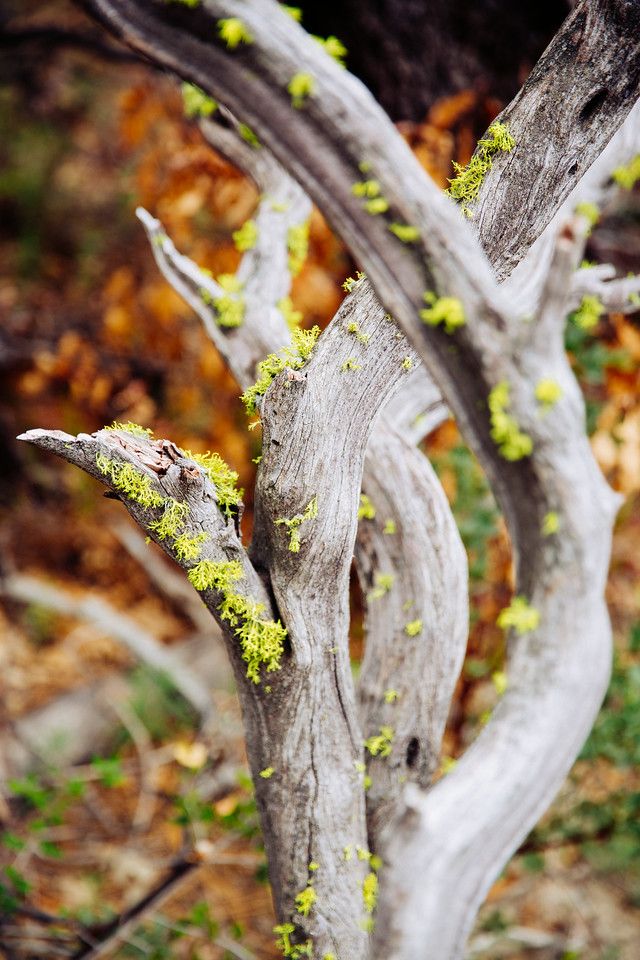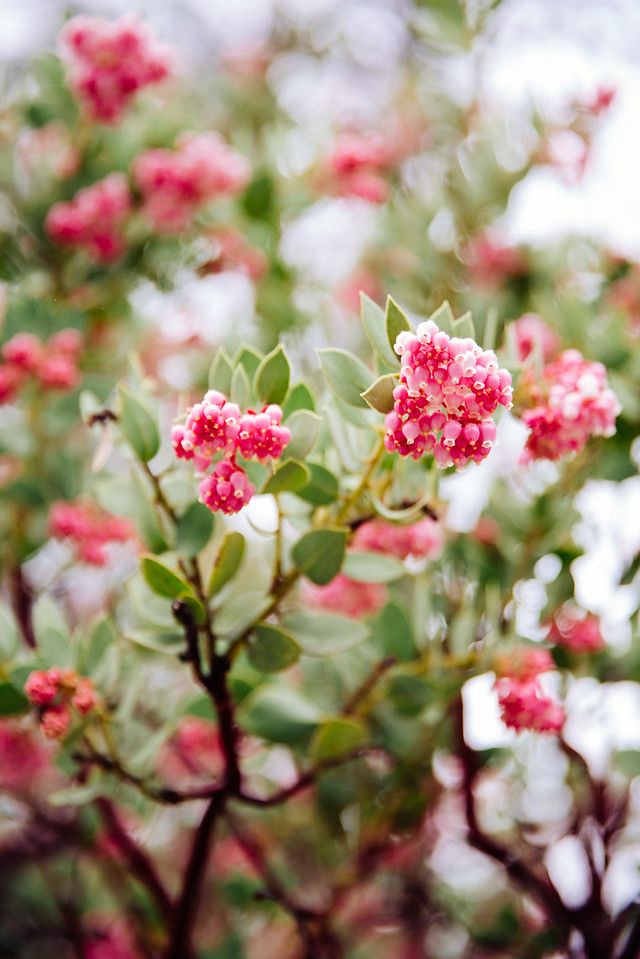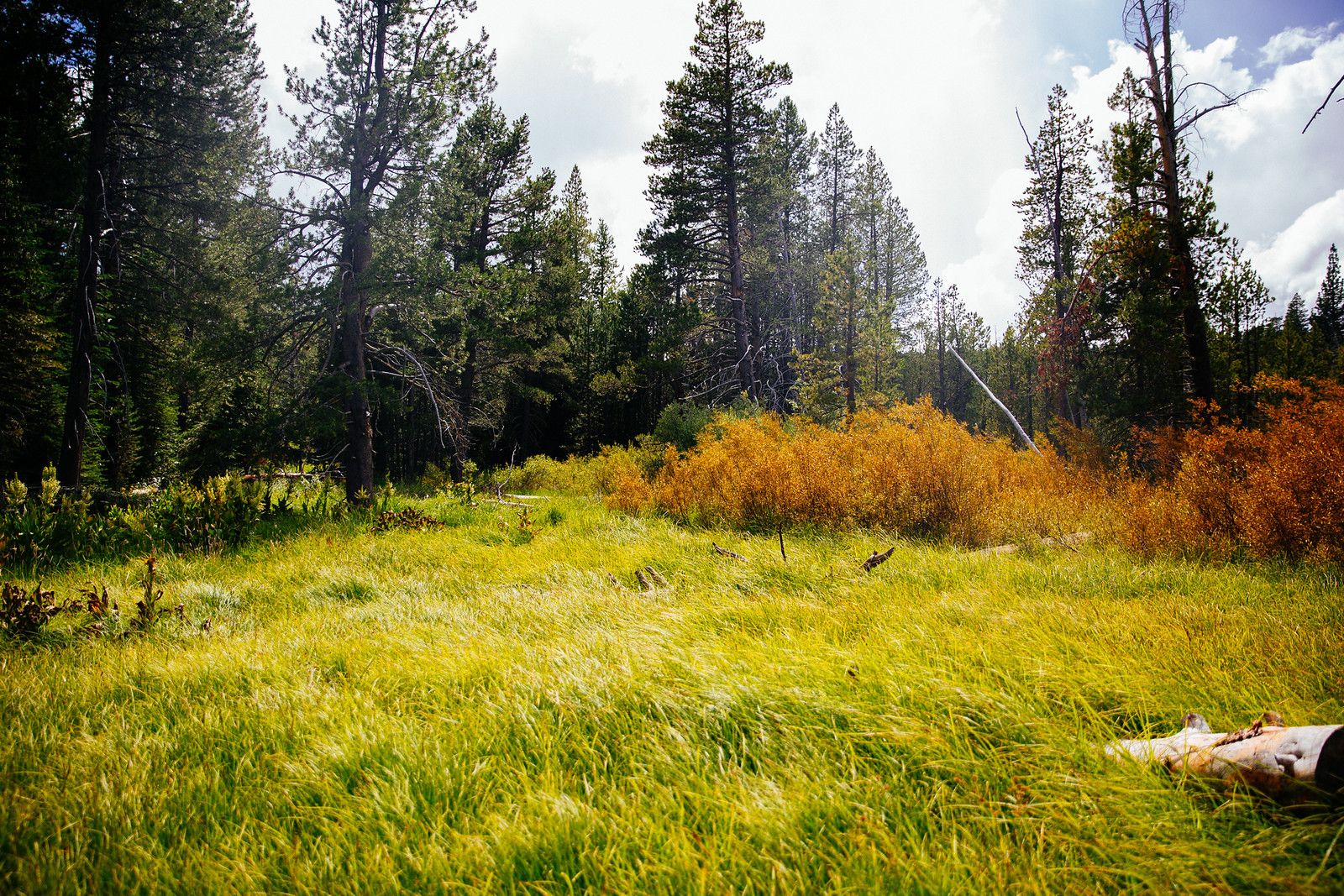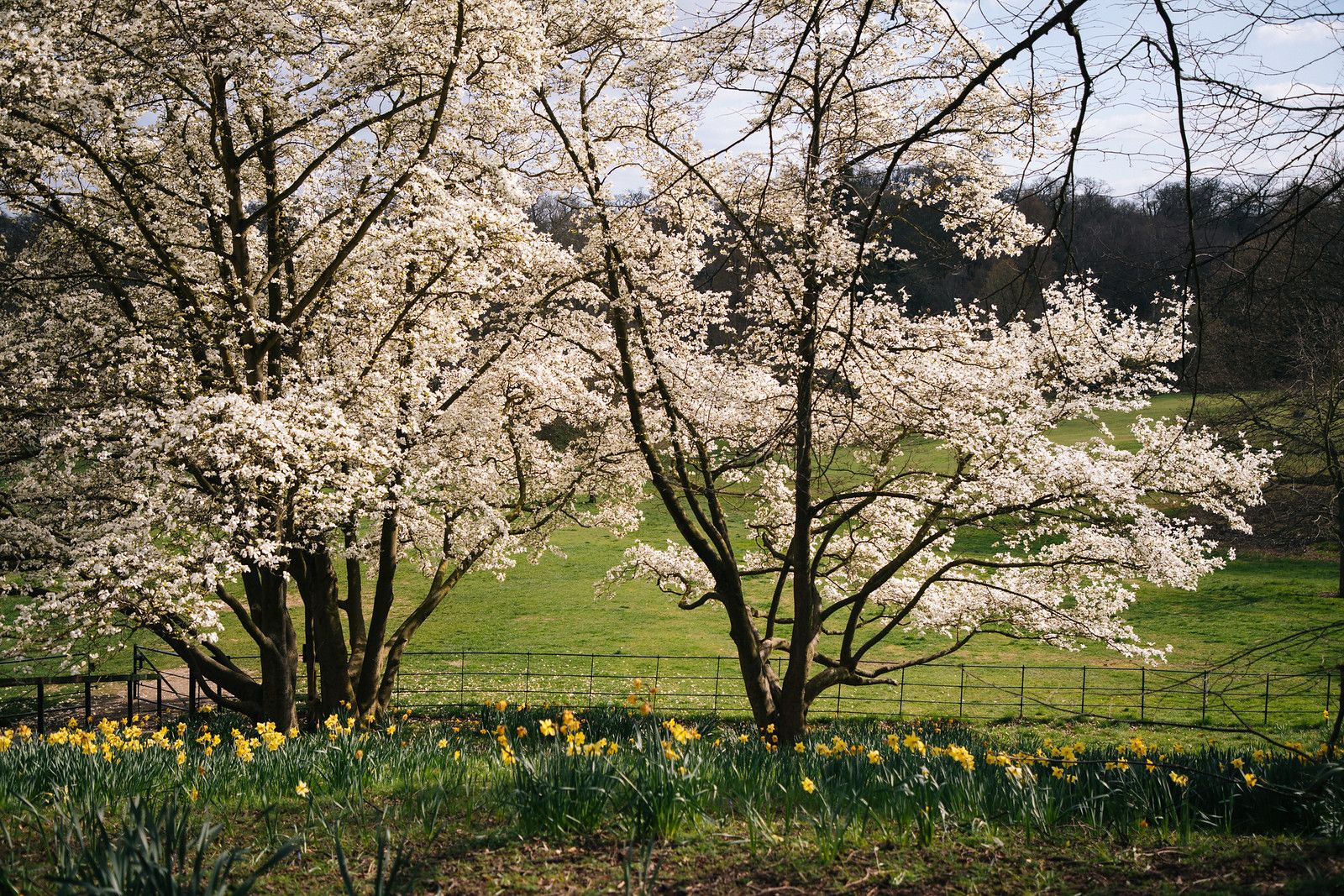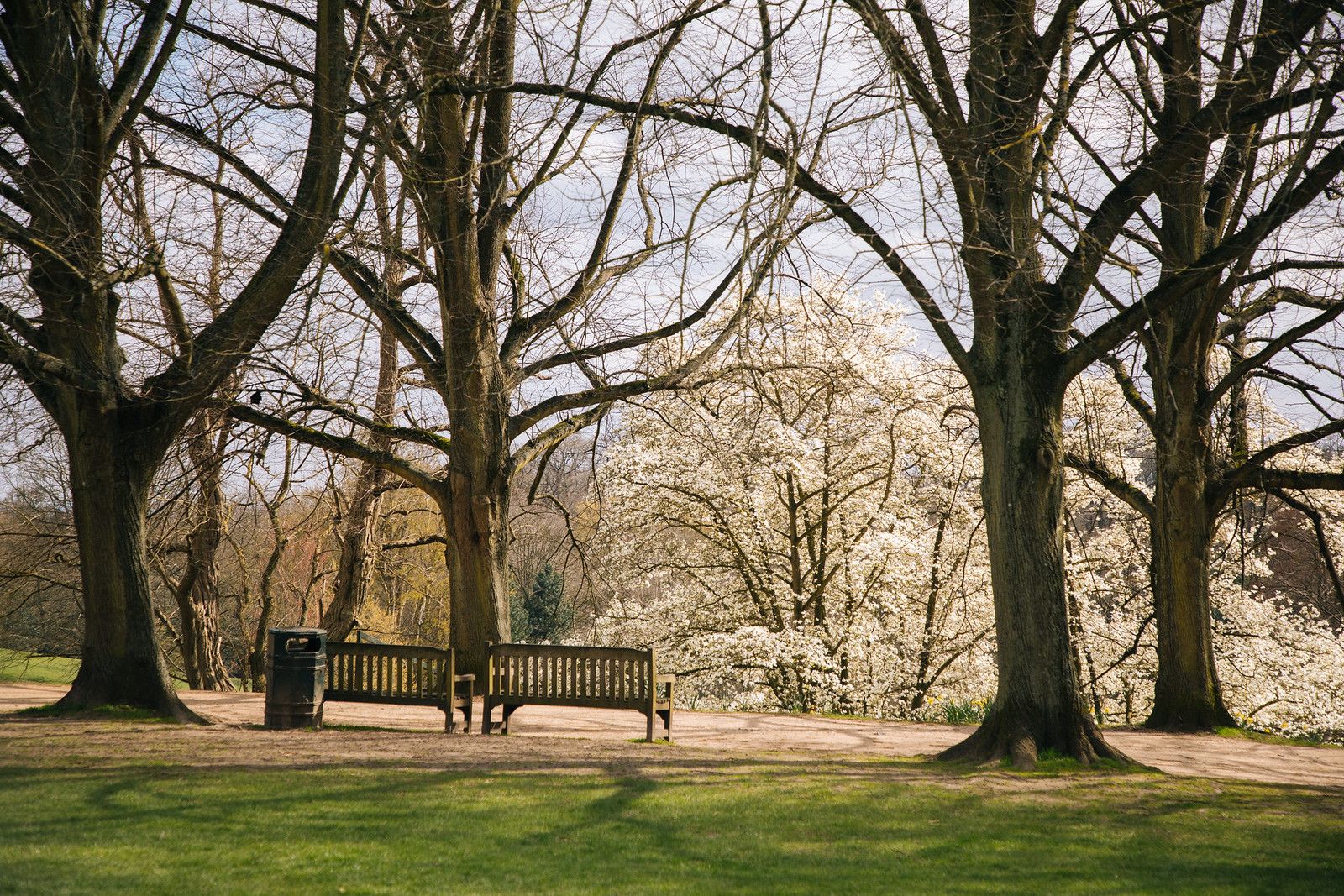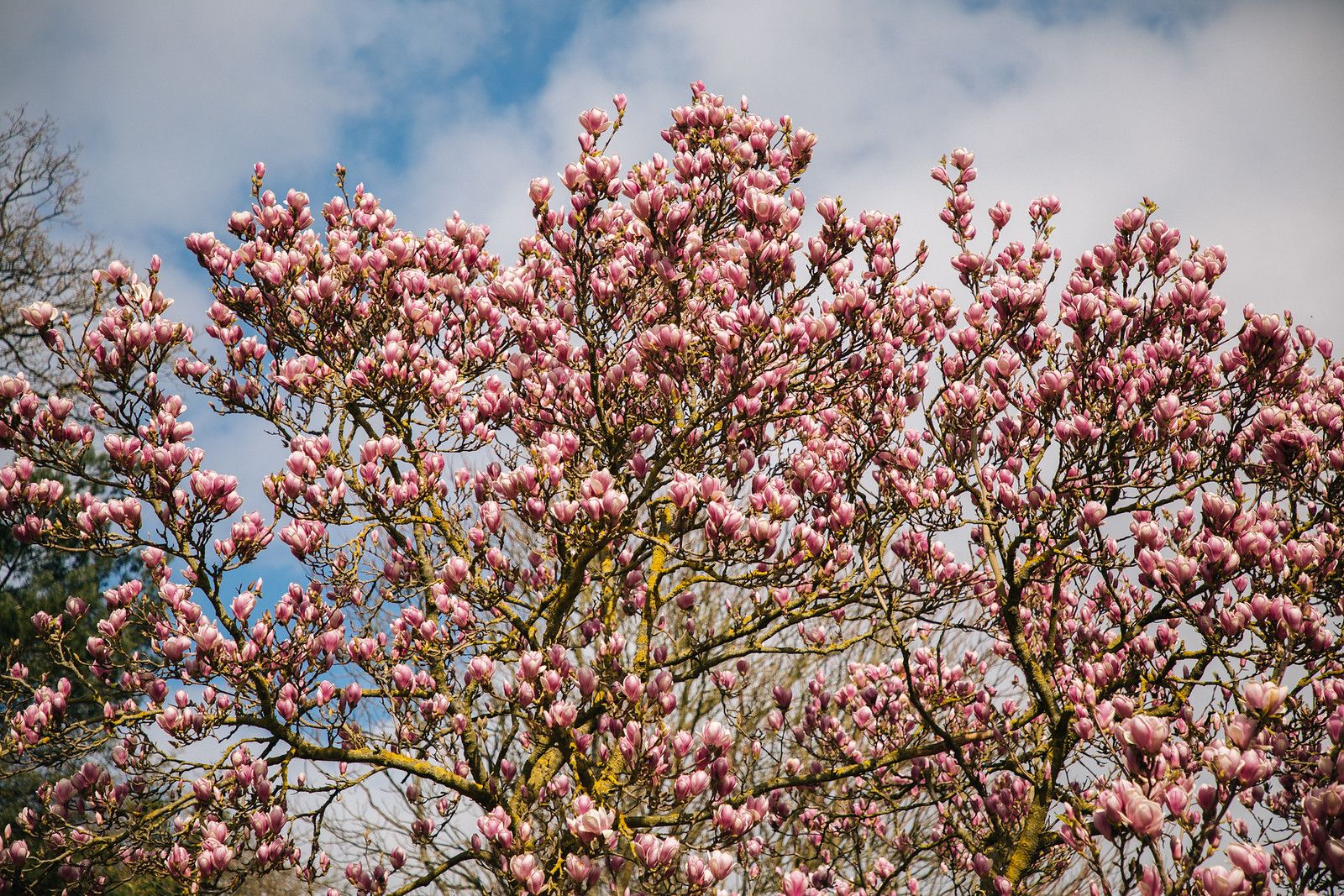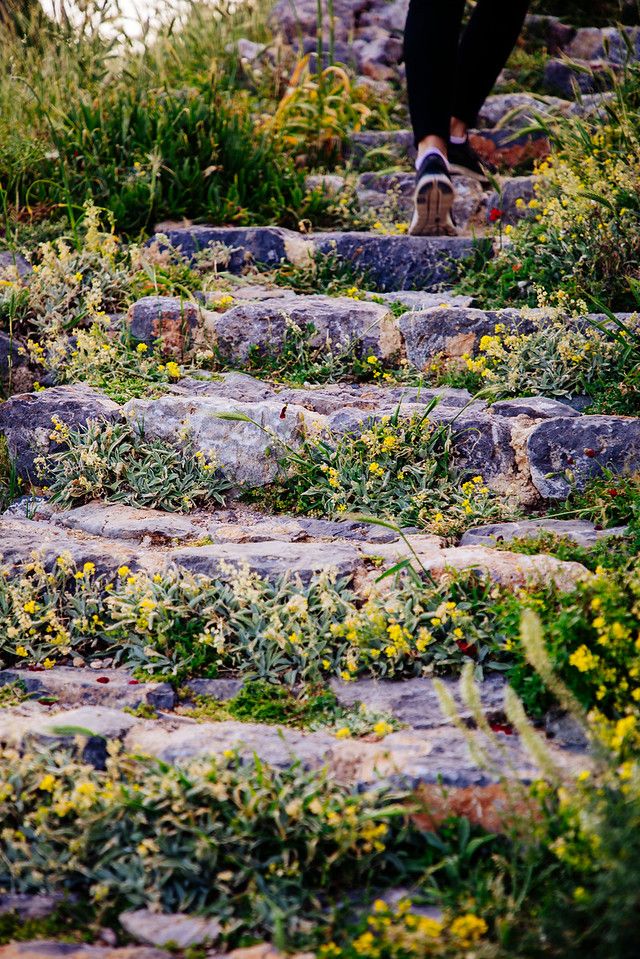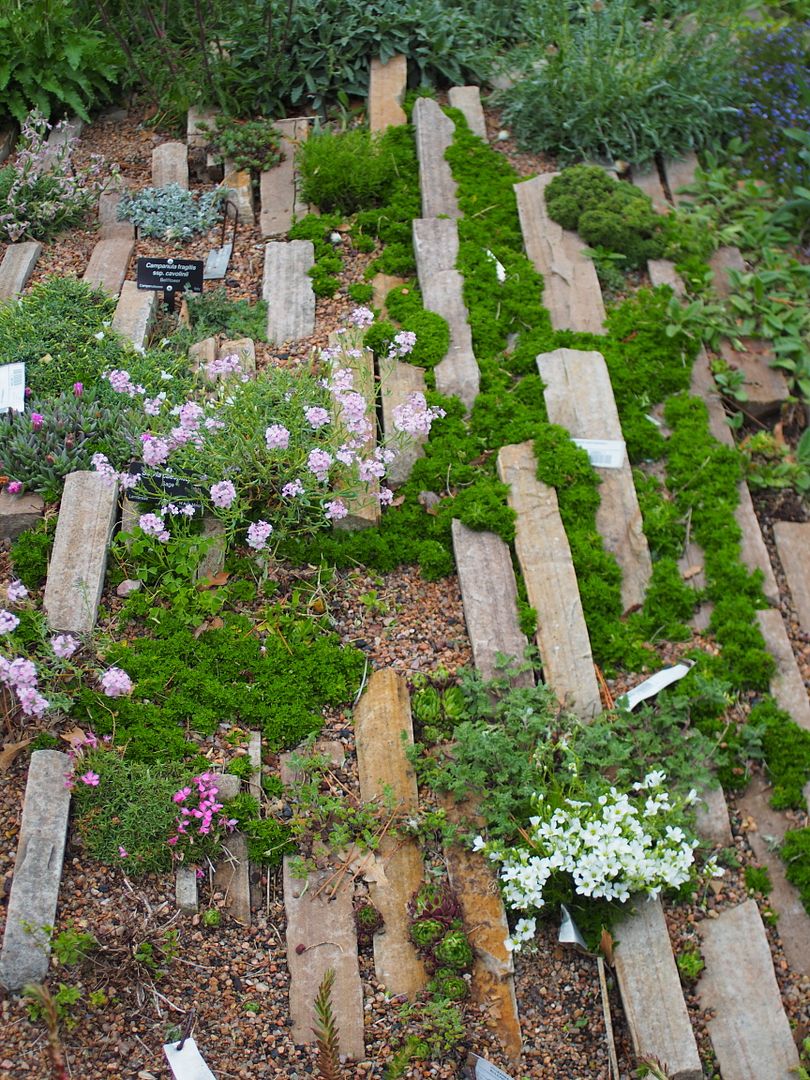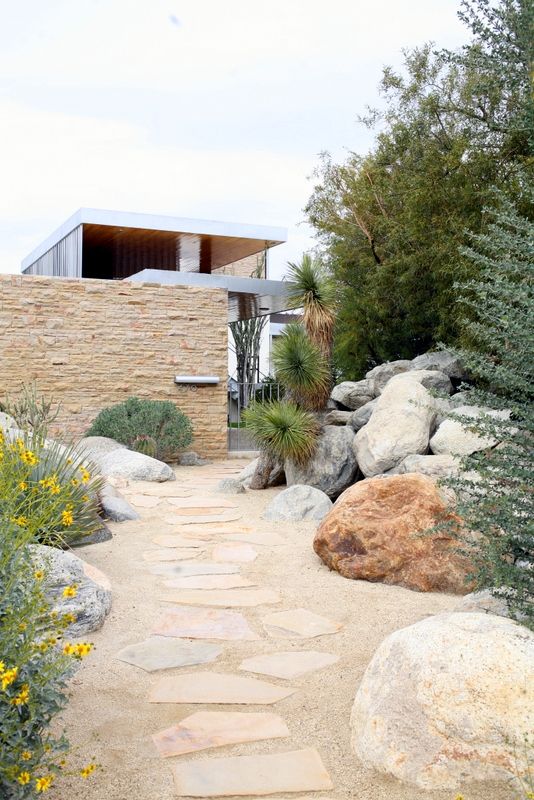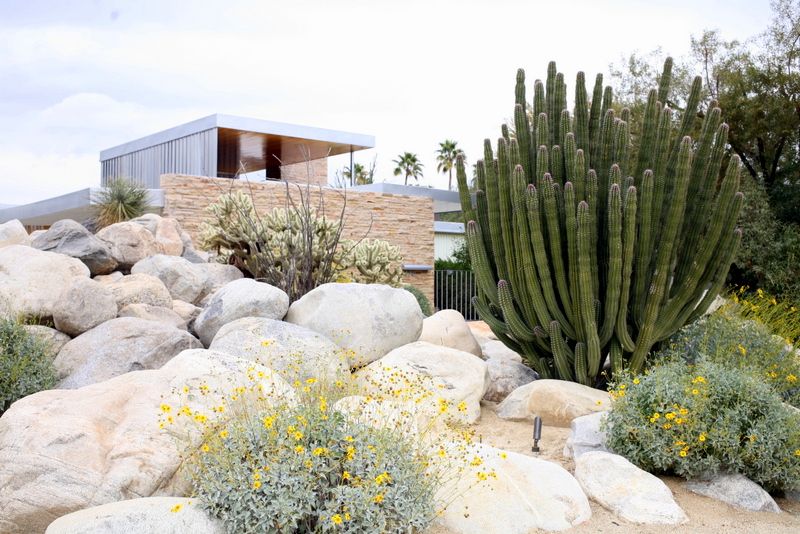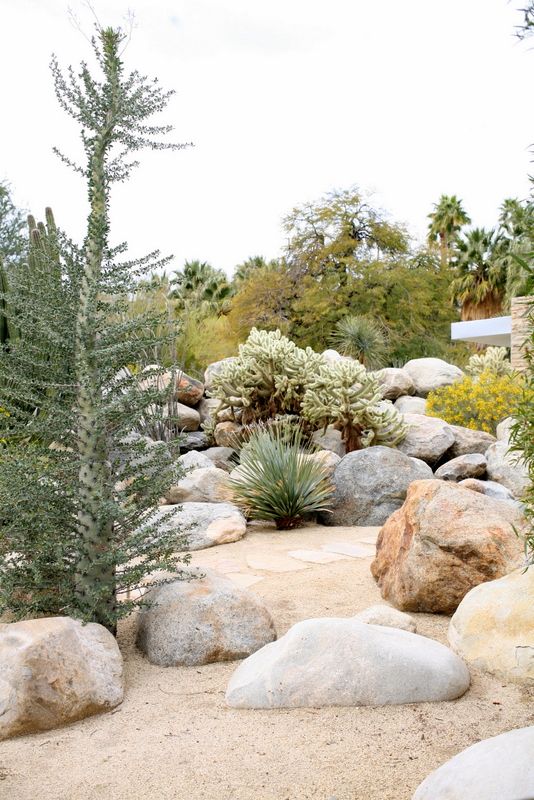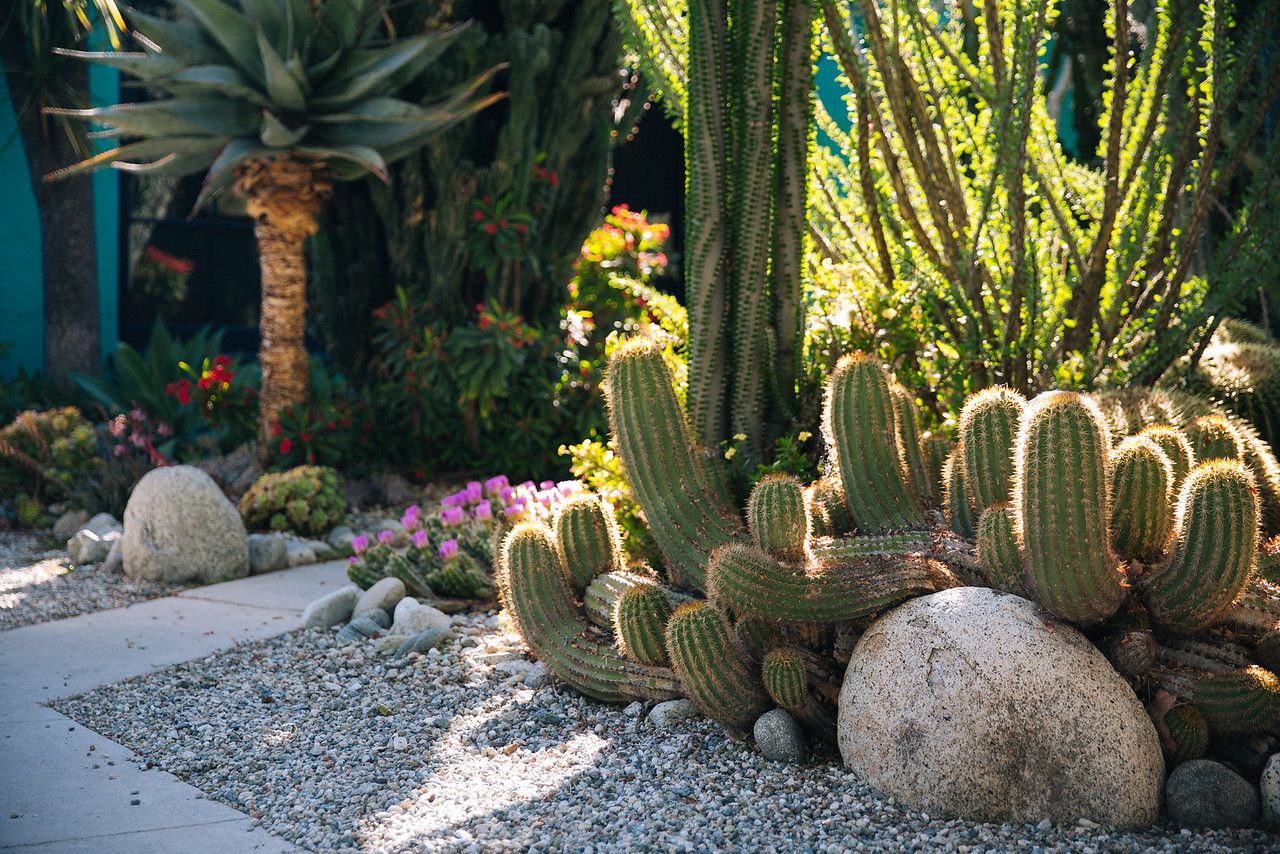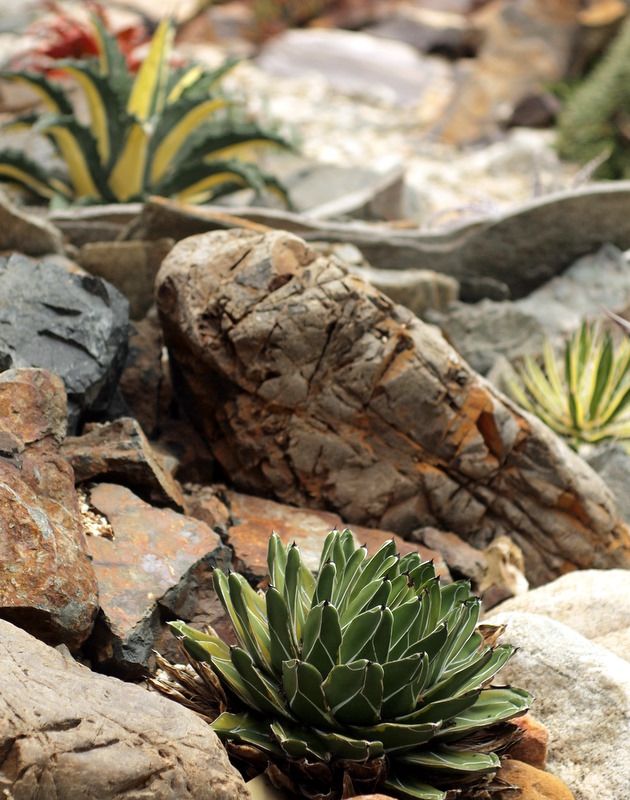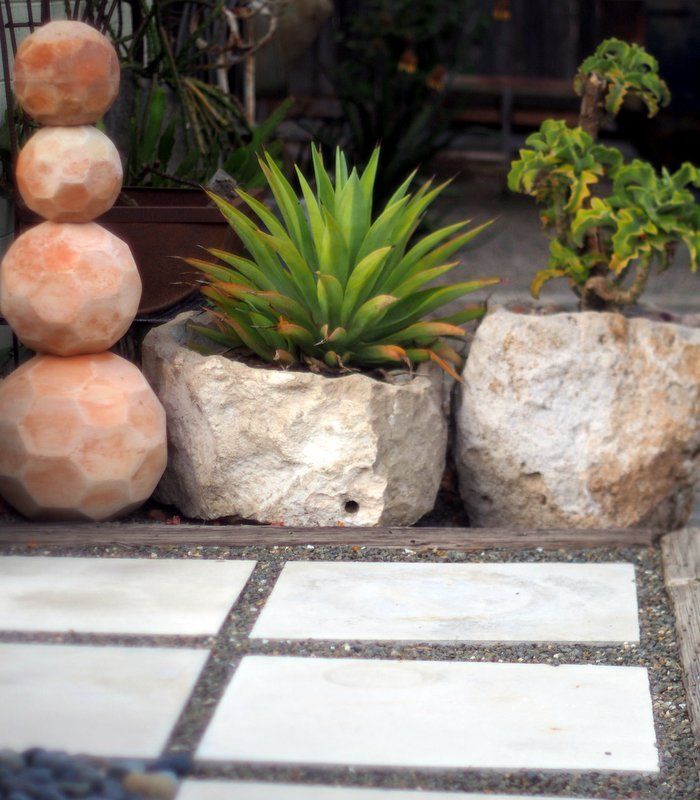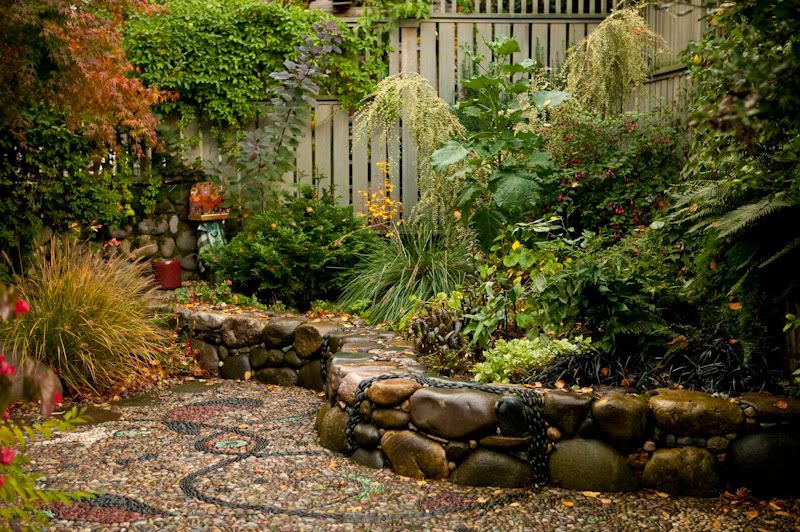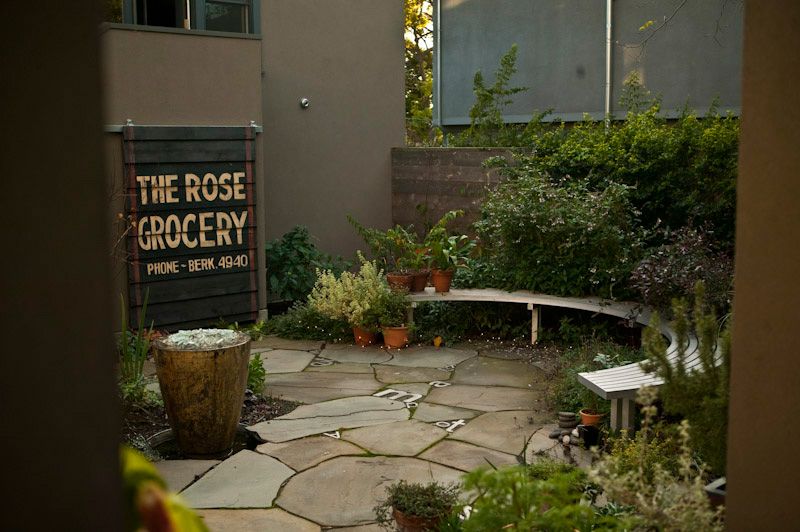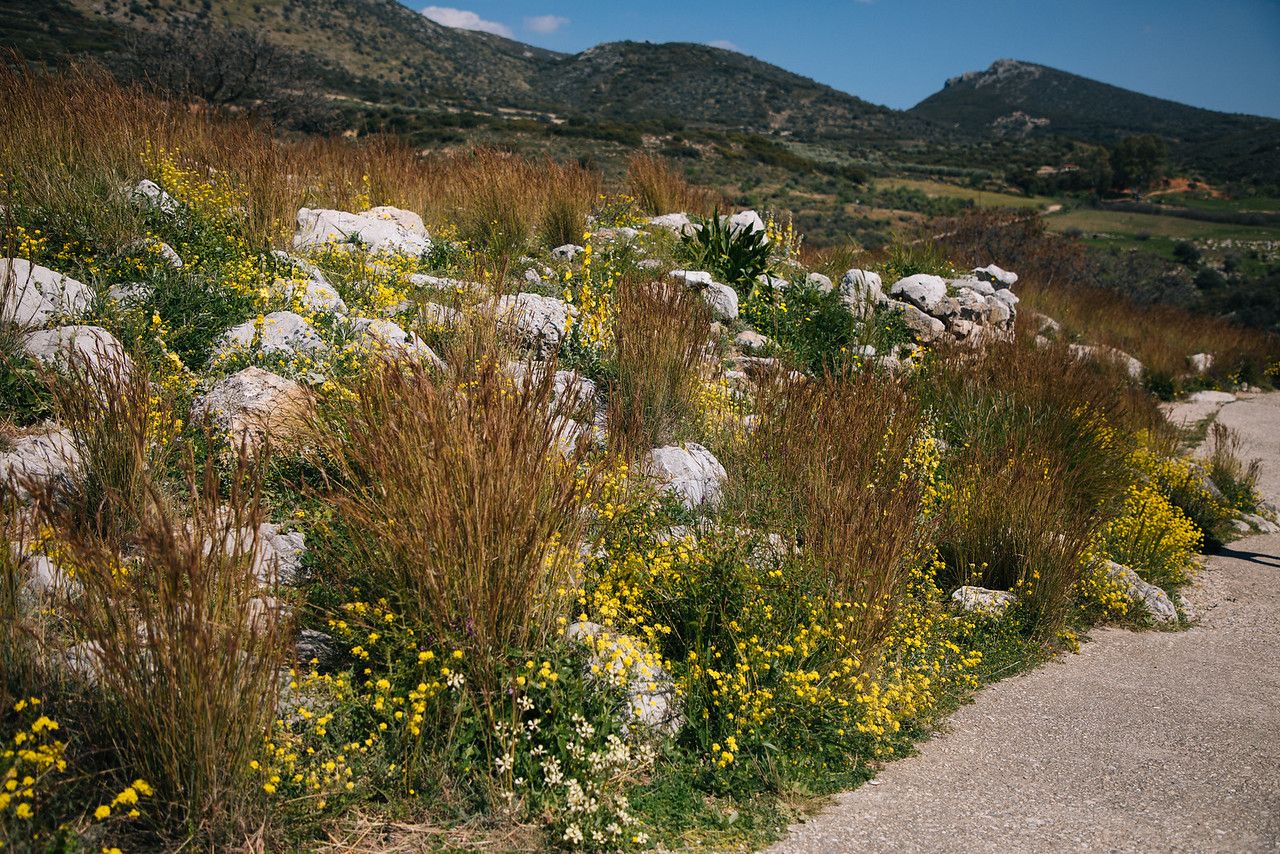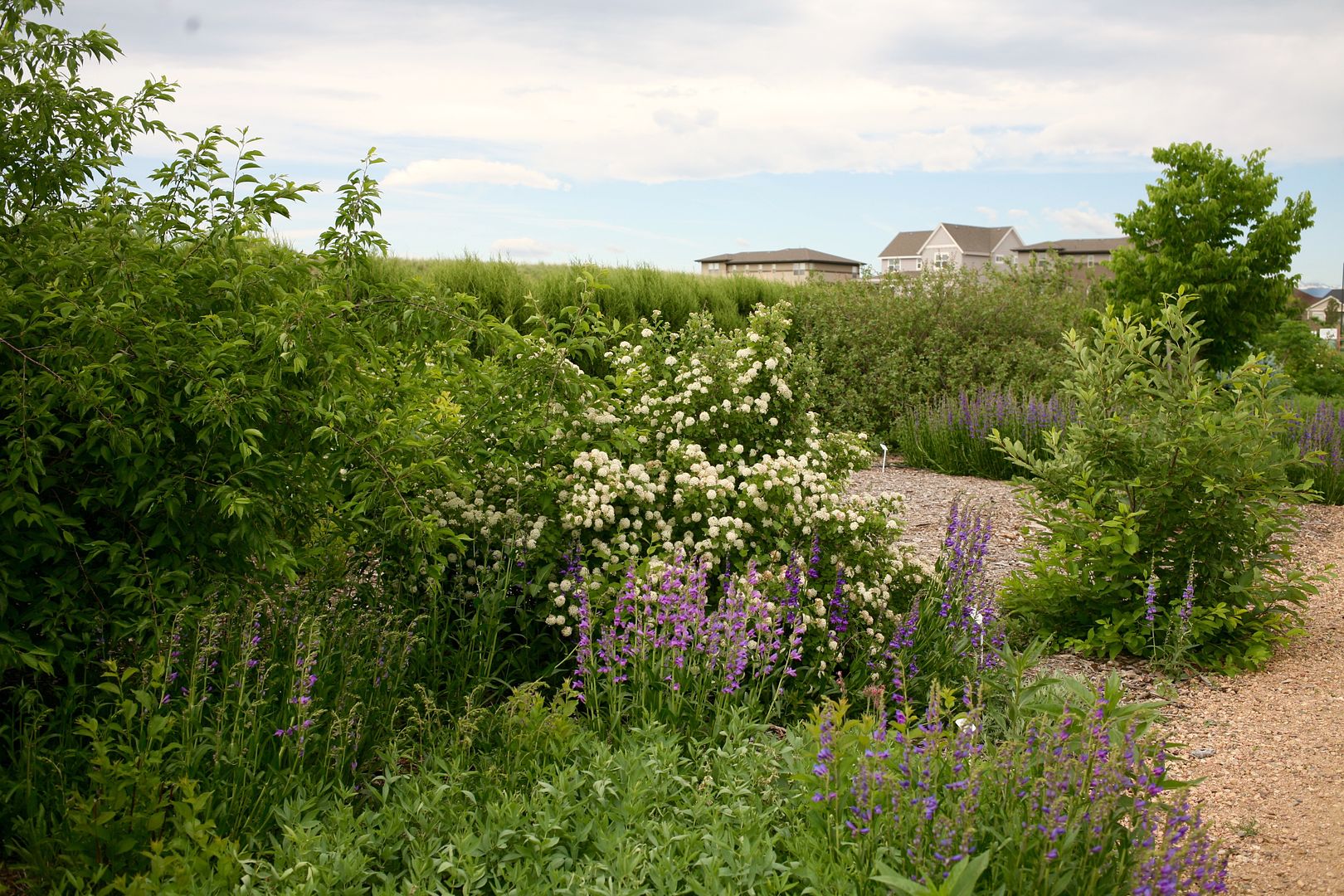(Shirley Watts’ series of symposia entitled Natural Discourse, bringing scientists and artists into botanical gardens to make site-specific work, has taken on an even fiercer urgency seven years after its inception in 2012, as scientists and artists grapple with the real-time manifestations of climate change. MB Maher attended the most recent event and felt compelled to document it in detail, both photographically and in words.)
letter from sagehen creek field station
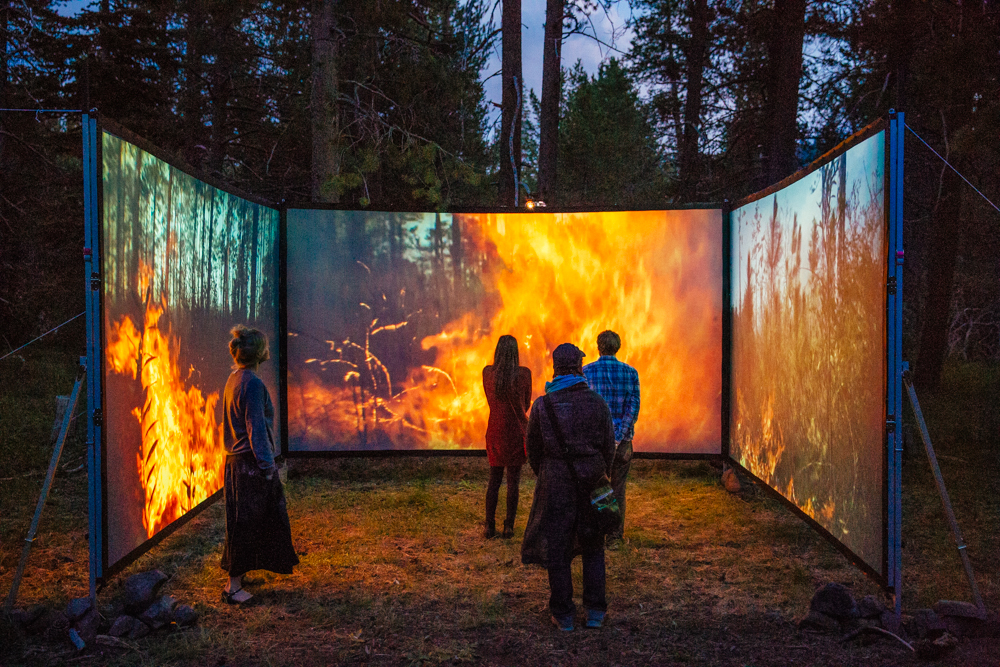
Mitchell Maher
August 9, 2019
Truckee, California
I drove into the forest without stopping at the local grocery and didn’t count on the miles of unpaved road that now separate me from the highway, from the town of Truckee, California, from mobile phone service, from anything but the almonds I have in the car & my stale baguette. The Sagehen Creek Field Station manages 9,000 acres of experimental forest at 7,227 feet in somewhat dusty isolation and I regret immediately how empty my water bottle is.
In the Field Station compound, I meet Shirley Watts coming out of a tool shed without a staple gun. I set it down somewhere around here, she says, and enlists me in the search while giving me a hug. She notices a patch of tomato seeds and juice on my white button-up. That’s funny, she says, I was just eating a tomato sandwich too. I definitely wasn’t eating a tomato sandwich, Shirley — I think this is yours. I point out an identical stain of tomato seeds and juice on her striped button-up shirt which was transferred in our embrace. She laughs and removes some of her stain with her thumbnail. Luckily you won’t be able to see much of this on my devil’s cloth, she says. (Watts wears mostly striped fabrics after reading Michel Pastoureau’s history of stripes, “The Devil’s Cloth.” Patterns where foreground is indistinguishable from background appeal to her, together with the long association of stripes with Satan, jugglers, prisoners, and the criminally insane — Shirley’s people. The bottom inch of her arctic white hair has been dipped in a stripe of black.)
Watts invented and began curating Natural Discourse showings in 2012 — bringing artists together with scientists and architects to shake loose truths of the natural world, the built environment, and the connective tissue, the poetry, of both. At first, these cross-pollinated group shows and symposia were flush with a radical insouciance; spiders were fed LSD and their drunken webs transcribed onto glasshouse panes (Gail Wight, 2012). But over many iterations hosted by California’s Natural History Museums and Universities, all nuance and subject has been taken over by the climate crisis. It was hard to find an artist or scholar who didn’t want to speak or make work about climate, Watts told me. The transition to advocacy was inevitable.
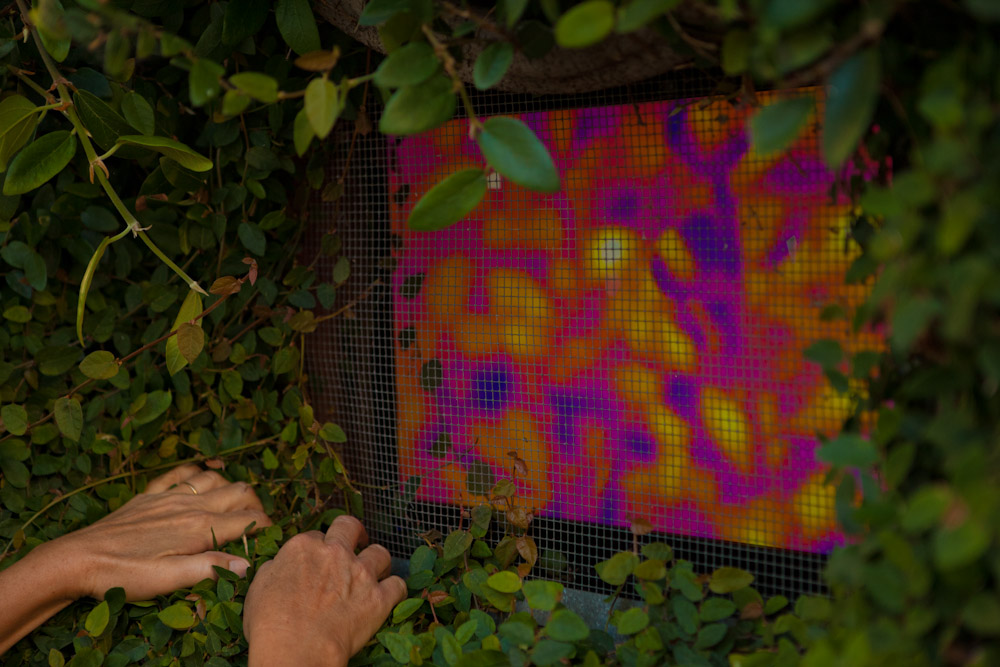
There is no fixed template for a Natural Discourse event, but the inaugural showing held at the University of California Botanical Garden at Berkeley showcased much of what Watts aspired to. Five speakers, eight artists, three architects, two poets. Overall, an insistence that landscape matters. And that these institutions – botanical gardens, natural history museums, parks, field stations – are not only integral to an American experience, but an ideal place to discuss our character and future. In the weeks before and after the show, a rotunda in the Ashby BART subway station took on cathedral dimensions when Natural Discourse artists printed clerestory window panes with transmissive photo imagery from the Botanical Garden. Video artists Nadia Hironaka & Matt Suib swept the 34 acres of the garden with infrared cameras and produced false-color hallucinatory films that screened on site from inside ivy-thick walls near the Palm House. The mood of the installations was celebratory and inclusive — the Larsen-B Ice Shelf had already dissolved, but it was still possible to live a life without the drumbeat of heatwaves, hurricanes, and carbon — an ignorance that isn’t available seven years later while Greta Thunberg sails into New York harbor as I write.
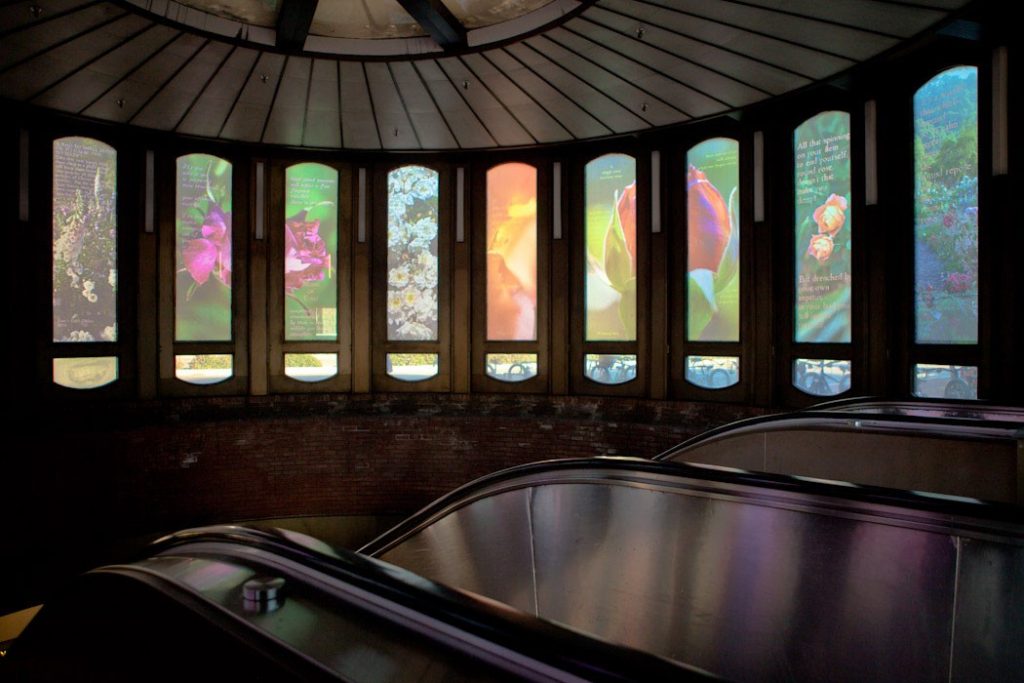
I was in the audience for the opening 2012 symposium, and the crackle of recognition between listener and speaker was — what I can only imagine to be — the branching current of Walter de Maria’s lightening field enduring strike after strike. Academics and designers and nonprofessionals touched off long fuses of concepts that sizzled throughout the day. Speakers who had never met or known of each other kept referencing each other’s material excitedly as the talks went on. Curator Bill Fox name-checked poet Hazel White at the lectern for the reading she had delivered hours before. Artists stood up during scholarly lectures and reminded attendees that their installations were only steps up the footpath & related directly to topics under discussion. Speakers one by one gathered all the threads of why we make and keep personal gardens – why we mix the tight control of our interior spaces with a wild unenforceable outer jungle. How we invent and maintain the porous boundaries of nature. To grid the planet, to make every centimeter knowable, is to take custody of a demanding and contiguous garden.
Continue reading
